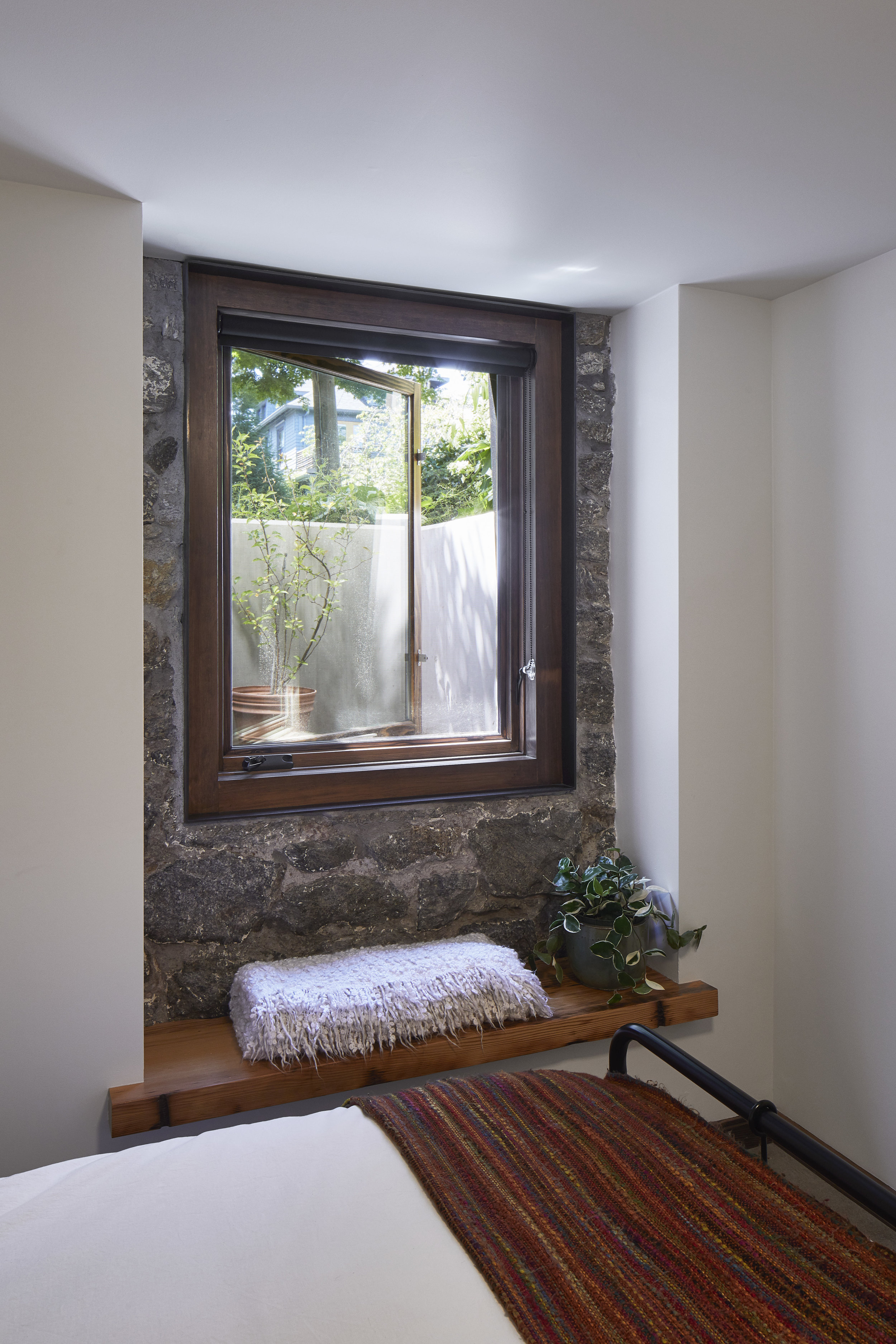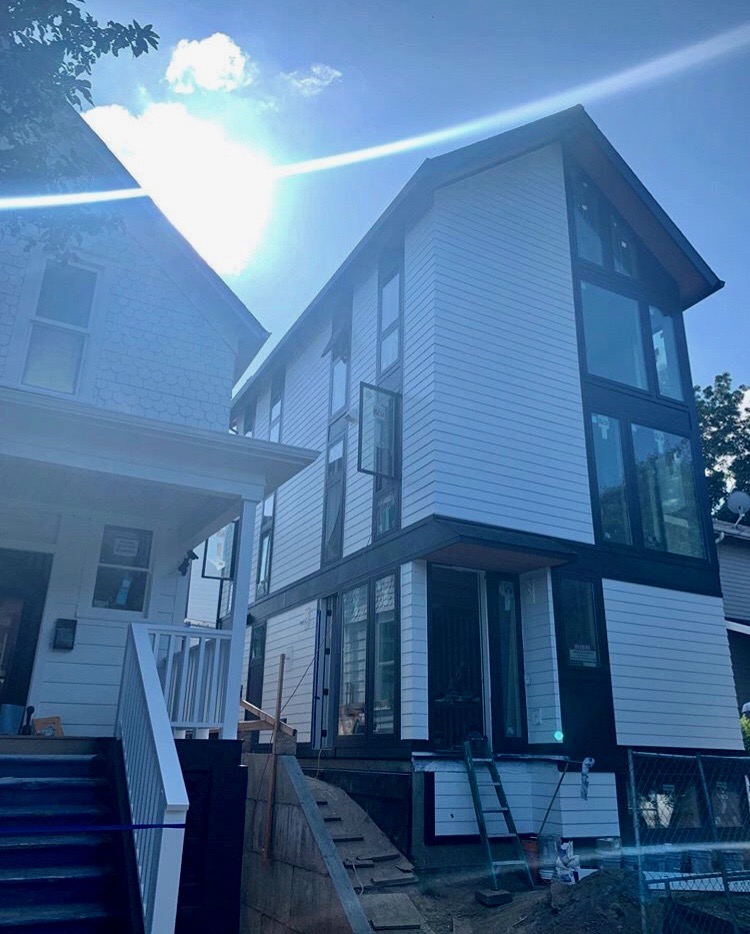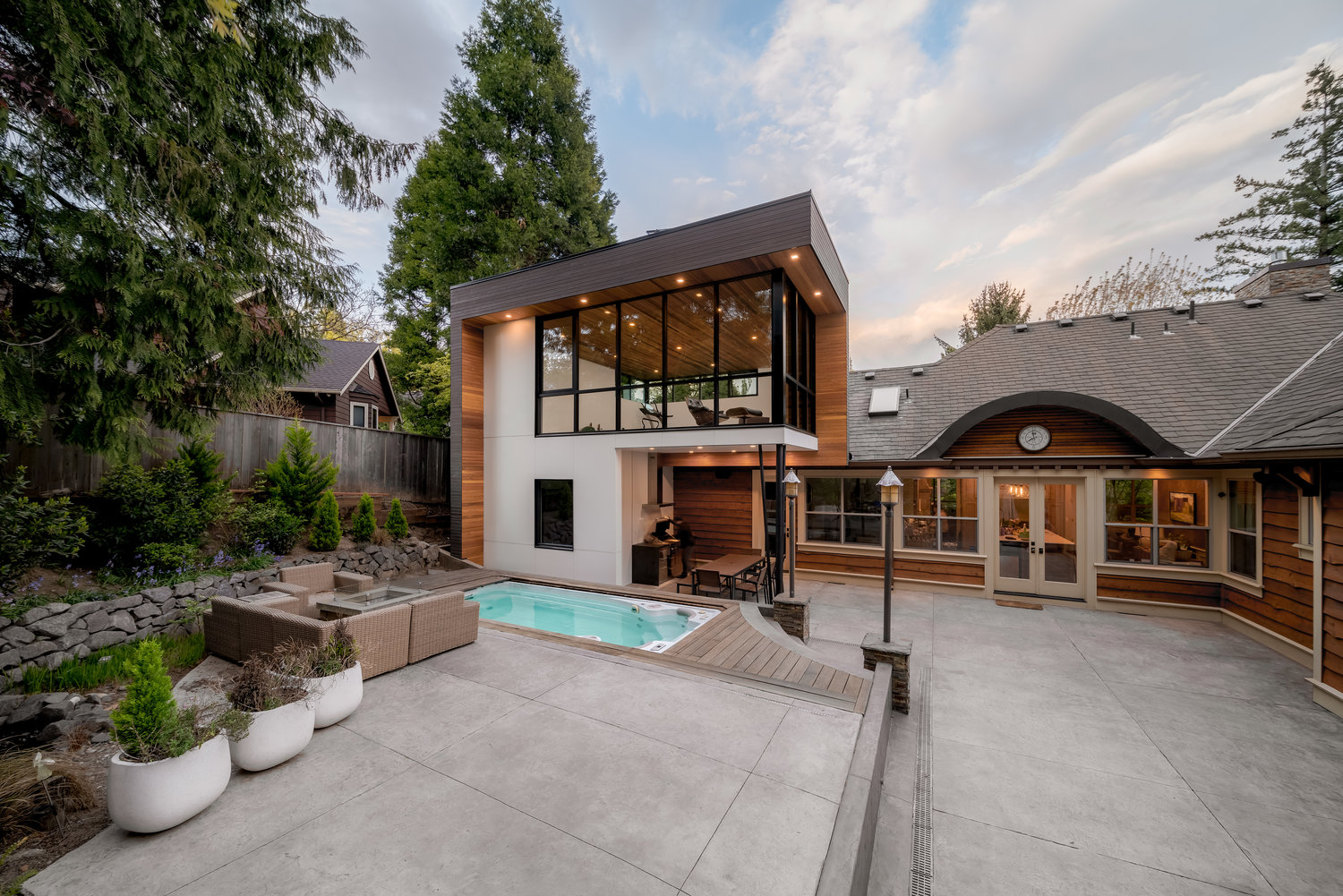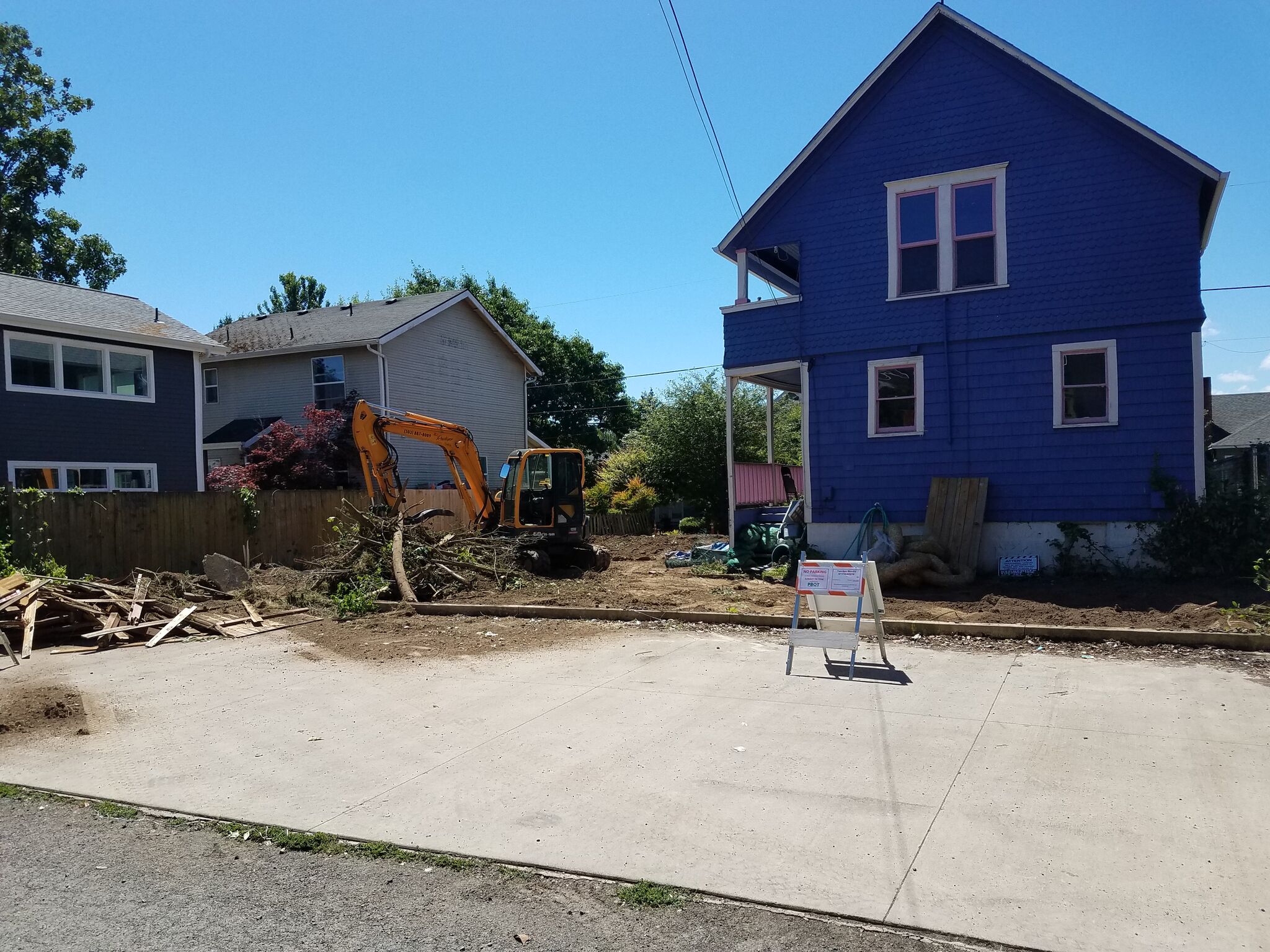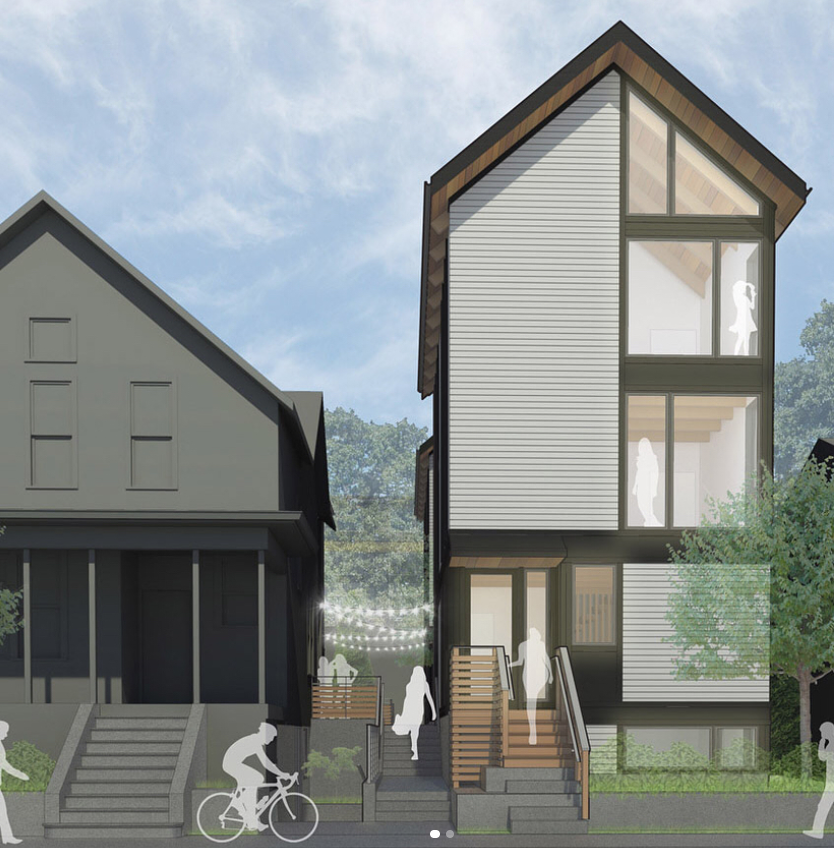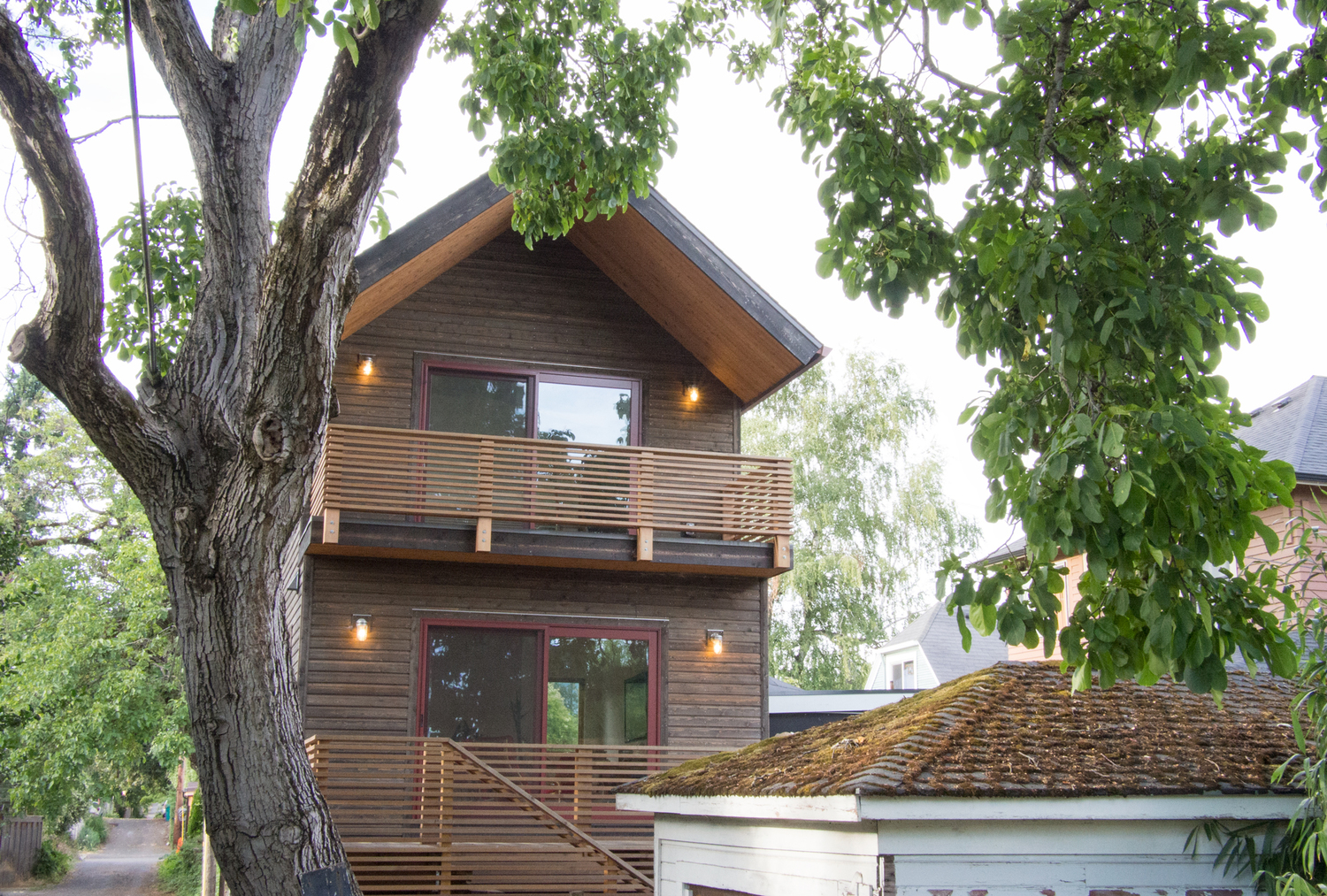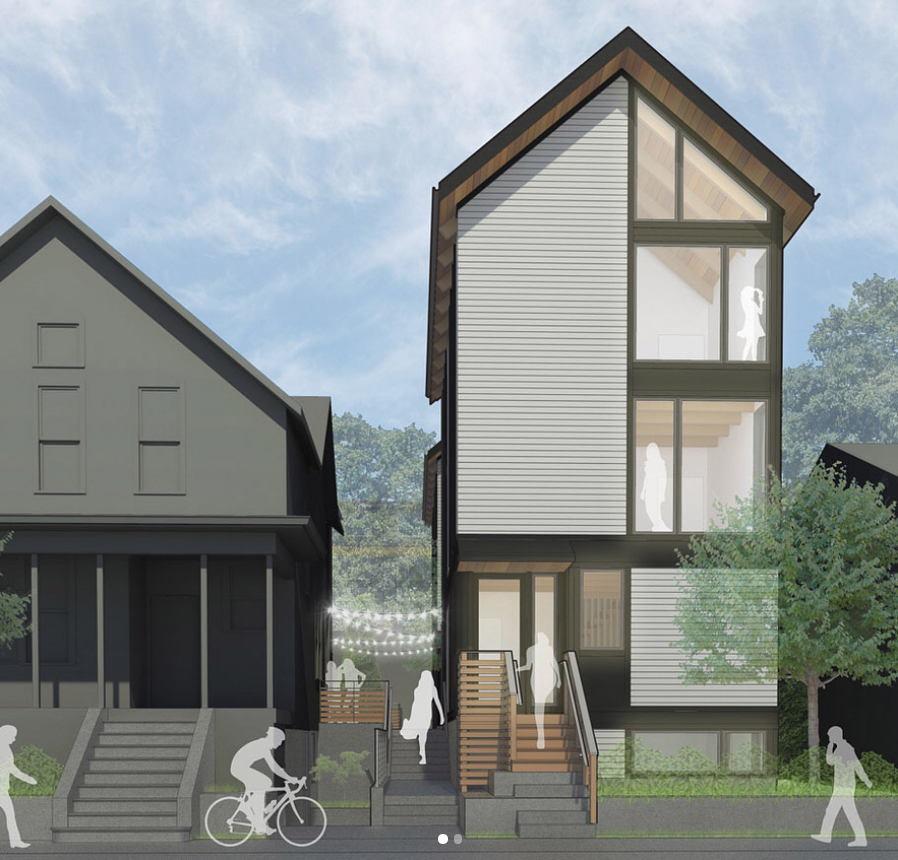We’re excited to see Schoolhouse Electric Company’s Detective Building in Pittsburgh honored in the 2019 AIA design awards. We provided development management services on the extensive renovation of the former Pittsburgh Police Bureau building, helping to transform it into a multi-tenant space housing a Schoolhouse showroom, a coffee shop and co-working space.
Owen Gabbert Q&A - Schoolhouse Electric blog →
Owner Owen Gabbert is featured on the Schoolhouse Electric blog sharing his views on ADUs, building community, and how we might utilize and appreciate our alleyways.
Blending Old and New
Here at OGLLC, we firmly believe in the concept of working creatively with what we’ve got – rather than starting from scratch every single time. In other words, we aim to incorporate existing traits into new design, and we love the challenge of allowing old and new to coexist. And thrive. Ultimately, this allows us to create more unique projects with less waste, and it has come to fruition beautifully in several different projects we’ve worked on.
A more recent, bolder examples of this concept, the Canyon Drive Poolhouse is a striking take on how modern design can pair beautifully with the look of a more traditional ranch home. In this case, instead of trying to blend the two looks, we built the addition in a way that creates an entirely new aesthetic, a standing juxtaposition of old and new.
The Michigan co-living project serves too as a demonstration of how old can augment new in a unique way. In this case, we incorporated an existing home into a brand-new development. By using a shared color palette and a similar building shape we’re able to blend the old and the new in a way that is subtle, rather than striking, but also beneficial to the architecture and users alike.
Lastly, the Borthwick Victorian showcases how a building built just before the 20th century can be remodeled and celebrated while maintaining some of its original flair. In this case, OGLLC incorporated brand-new custom steel frames around Marvin windows into the original stacked stone foundation. By carrying the steel framing through all of the window and door openings, a continuity of style is created that literally connects the new into the old.
Lincoln Remodel - Dwell.com feature →
Check out before and after photos of the Lincoln Remodel featured on Dwell.com. We especially like that they refer to this project as a “Mullet Renovation” - it’s business in the front, party in the back, and light throughout, of course.
Alberta Co-Op Revamp
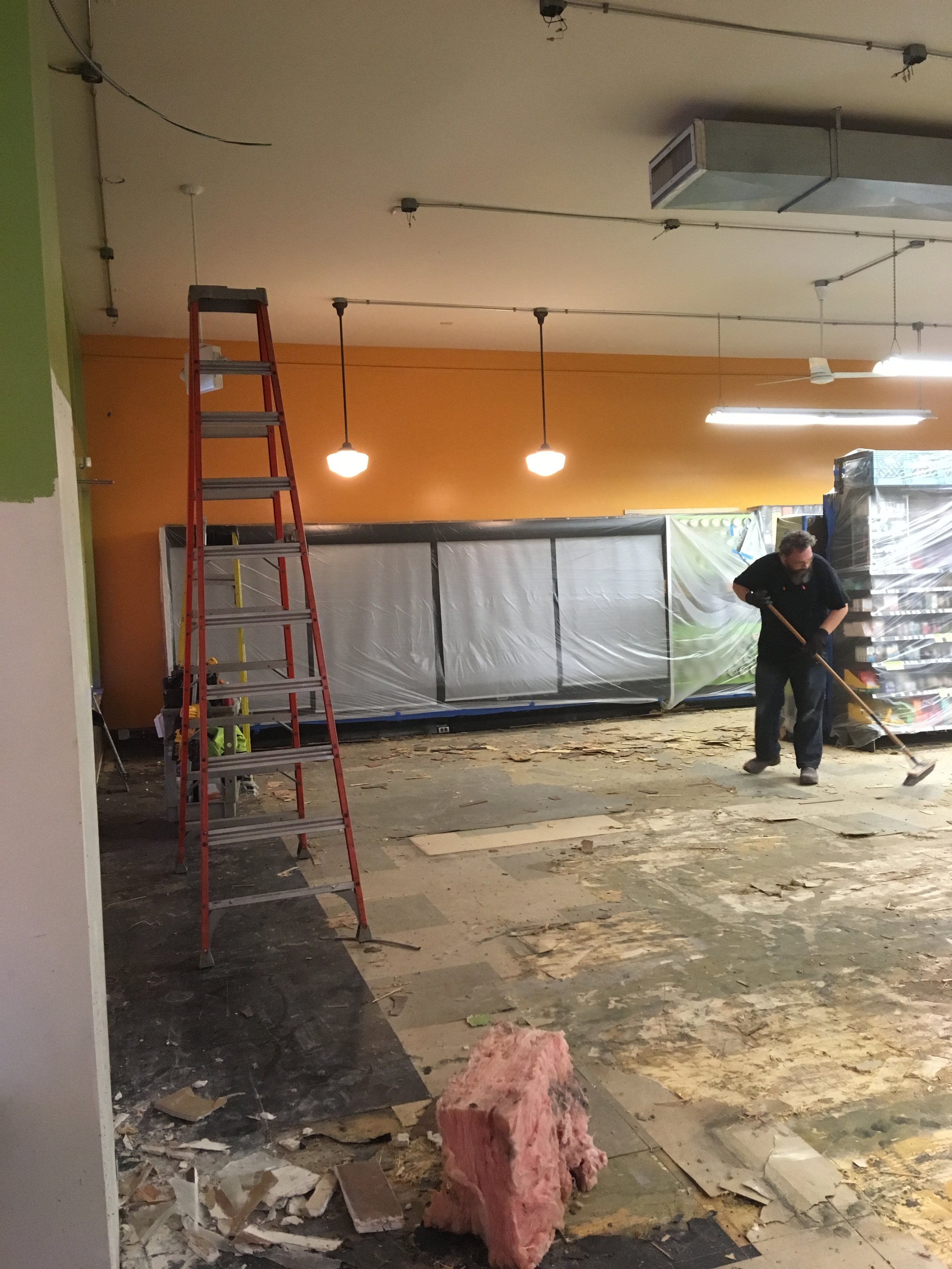
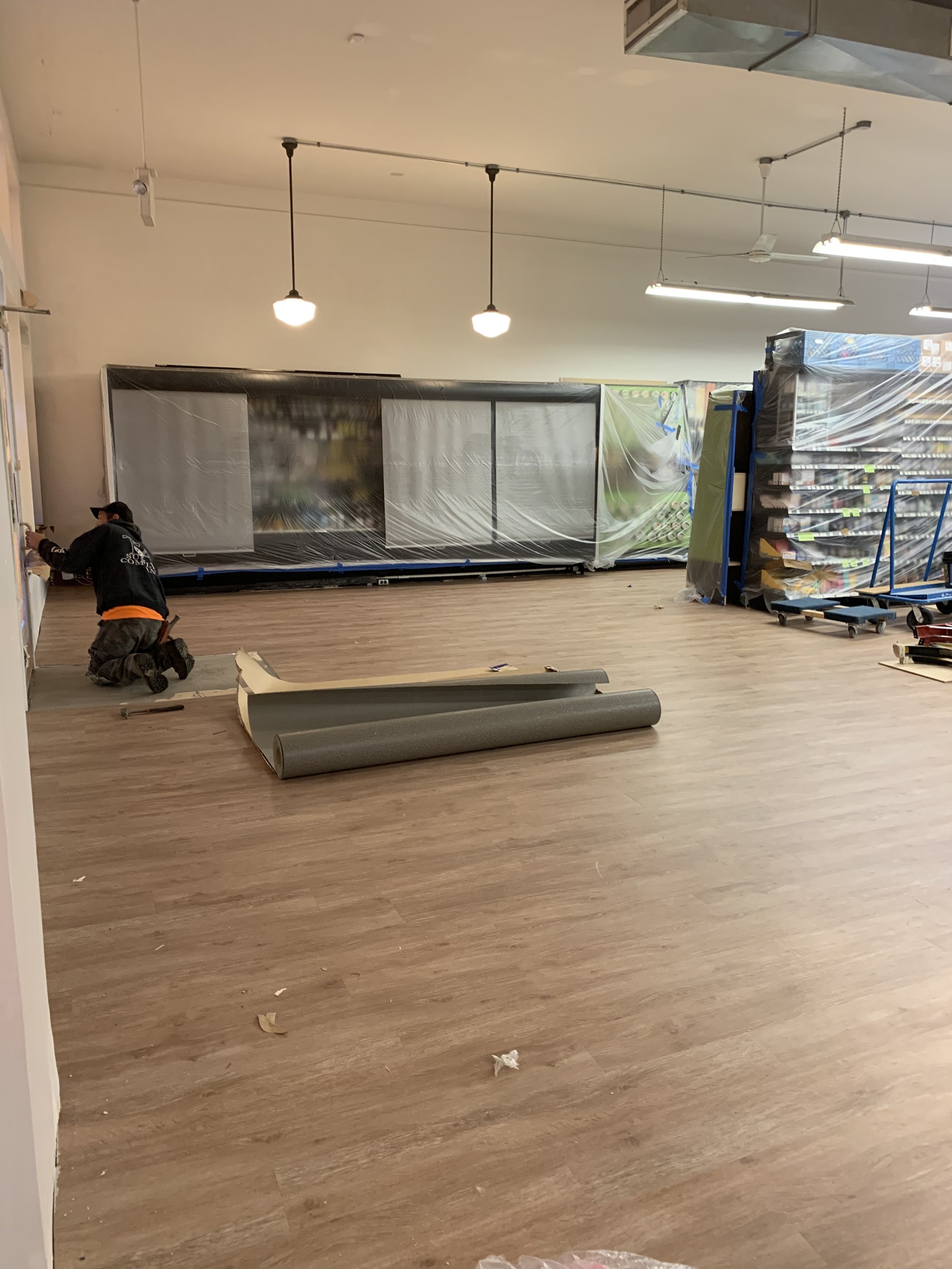
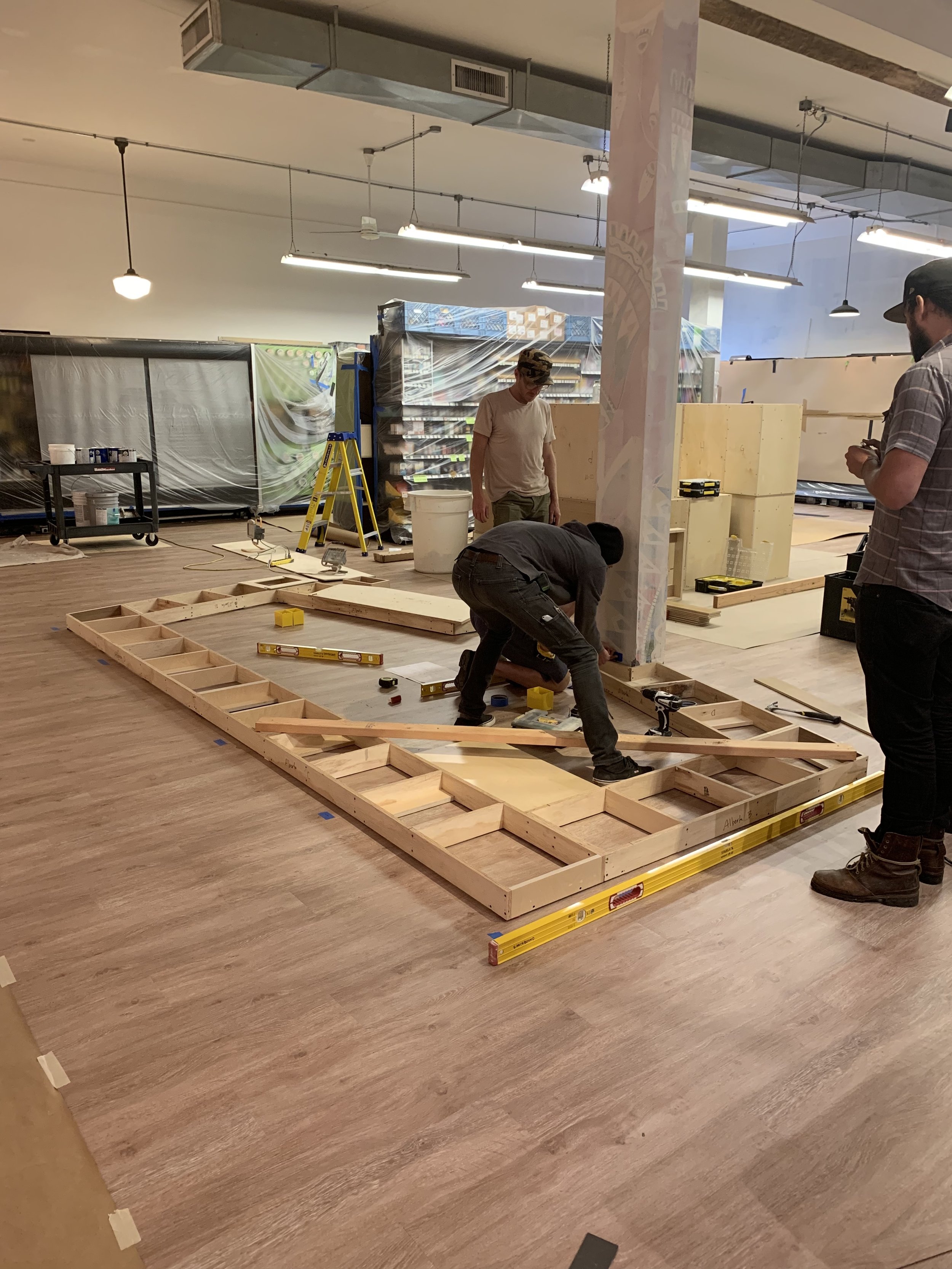
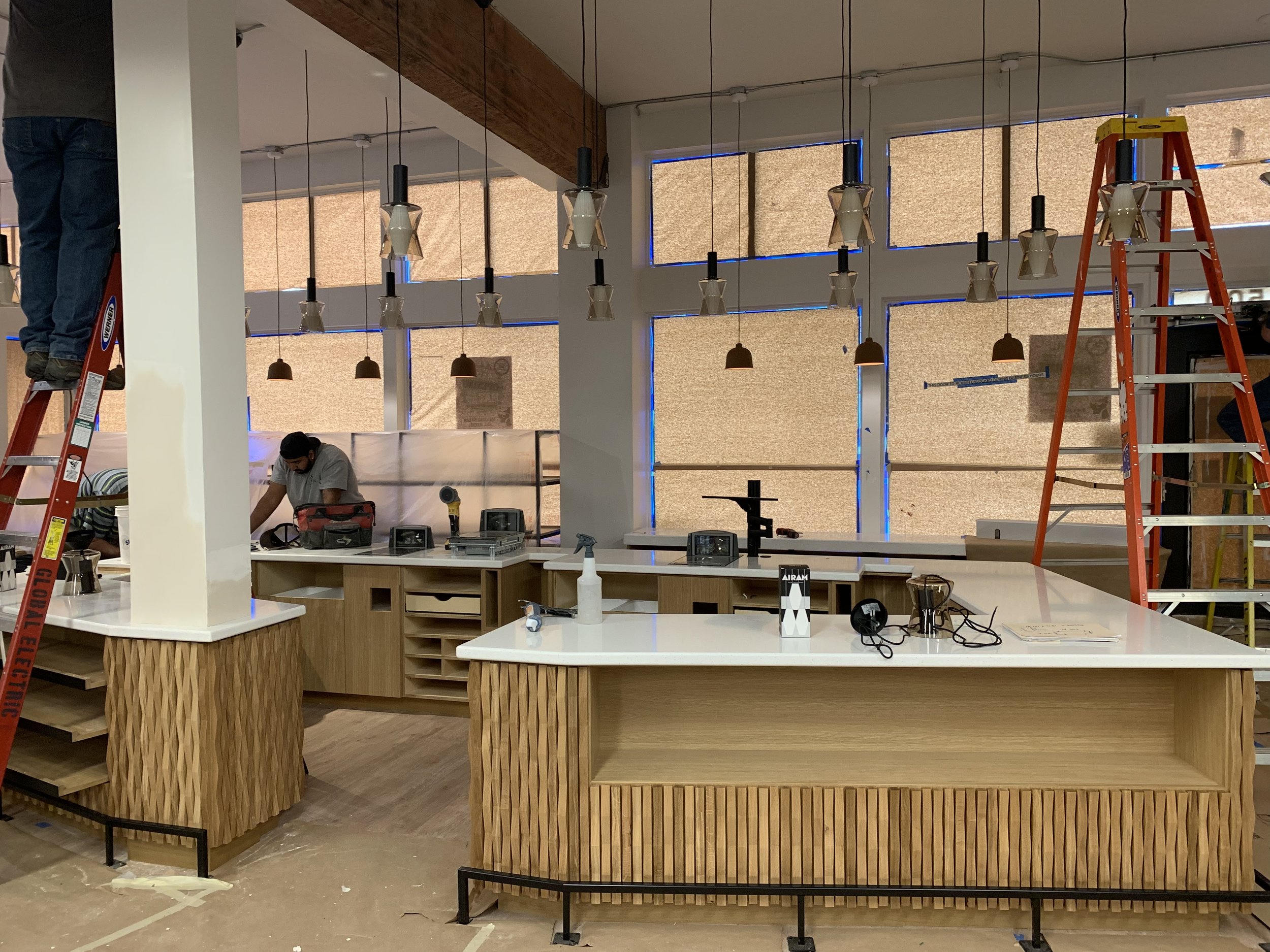

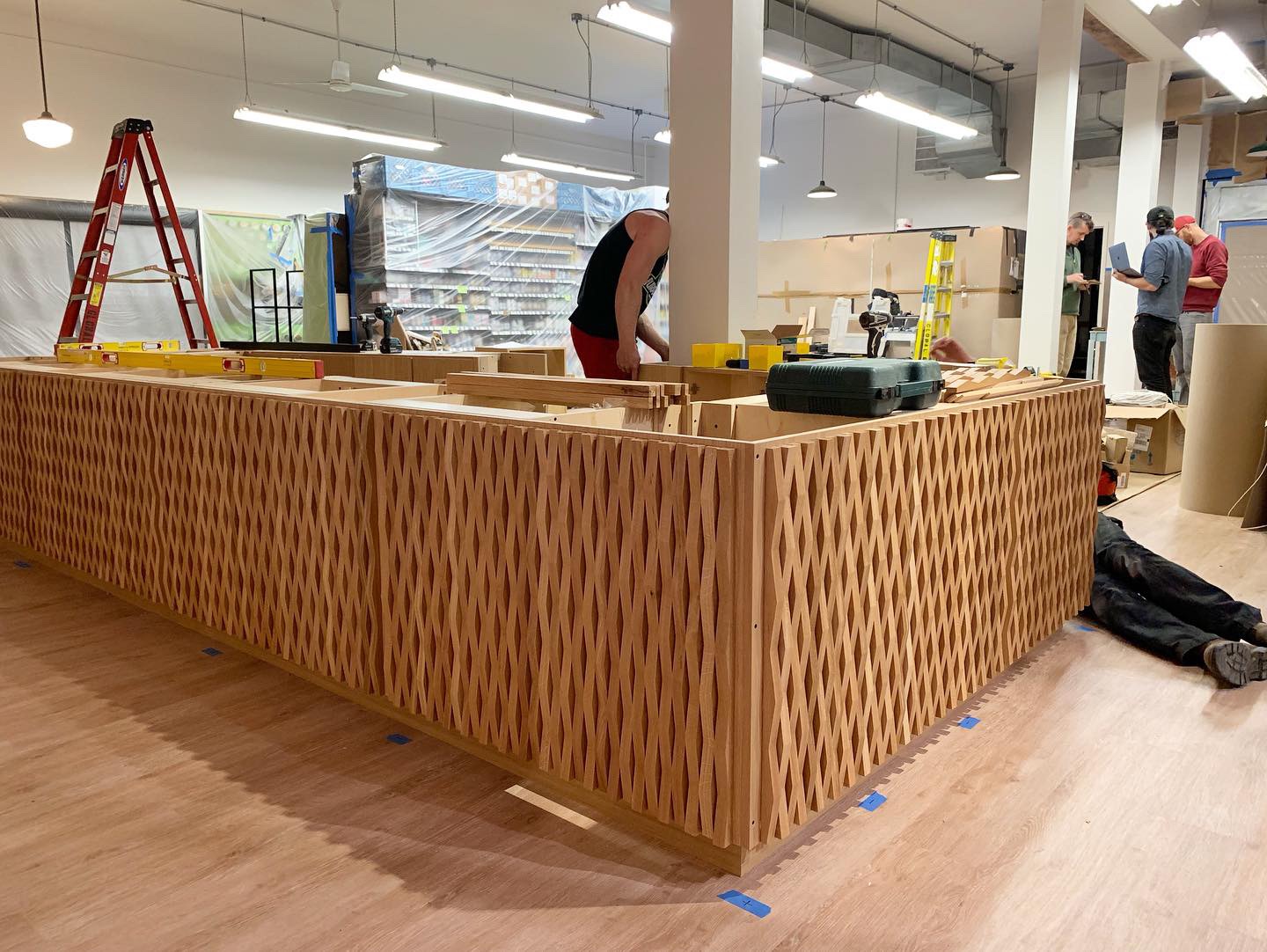
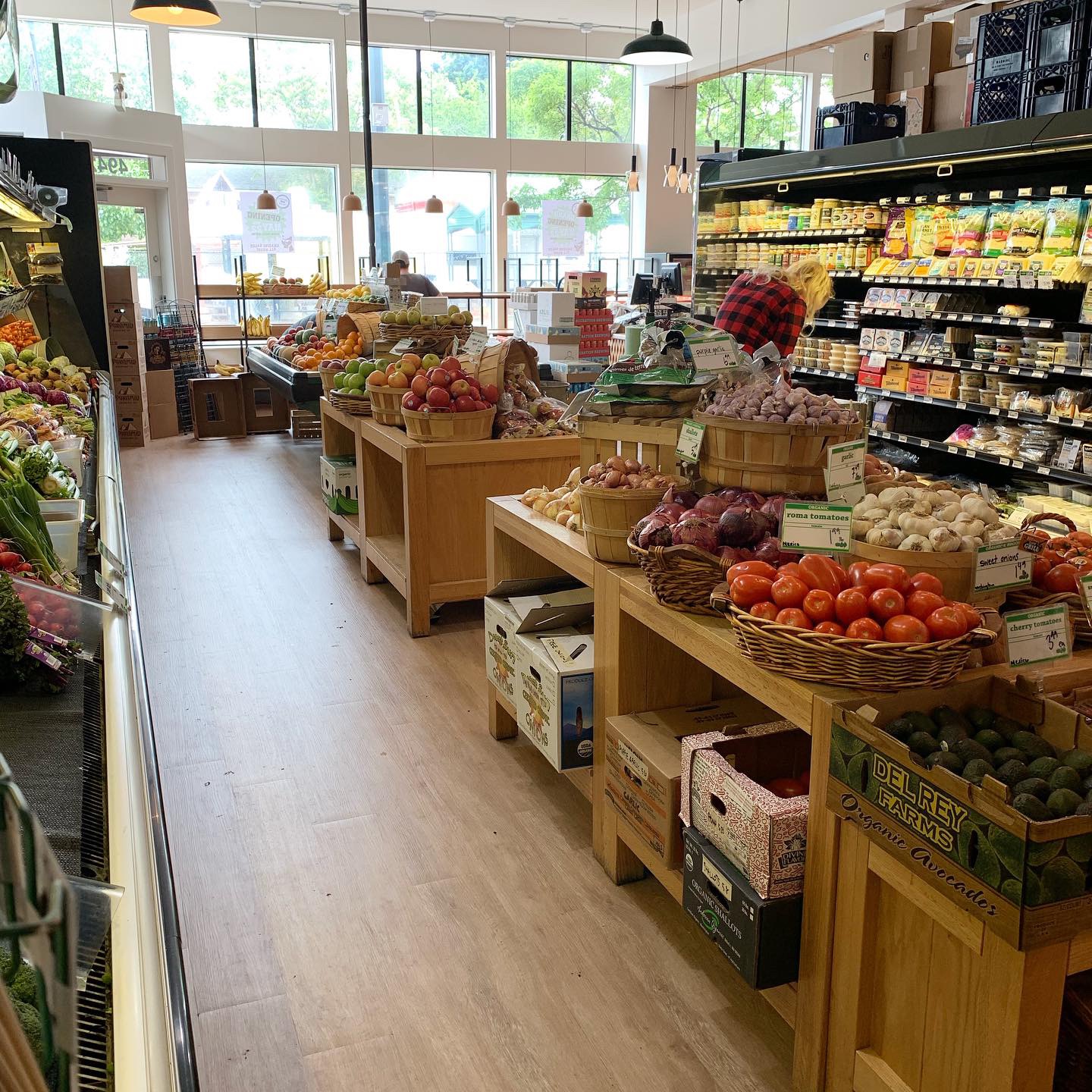
Last week, Alberta Co-op re-opened its doors after a swift eleven-day transformation that gave it an entirely new look and feel. Working together closely with Propel Studio and many other local subcontractors, Owen Gabbert LLC helped give this well-loved community-owned grocery store a full transformation in under two weeks’ time.
In order to spruce up the space within a short period of time, we collaborated more closely than ever with the architects and subcontractors on-site. In addition, we pre-planned much of our work – building the casework and creating templates for the counters off-site. This enabled the OGLLC team to install all casework and counters, as well as hang all lighting, in just 48 hours. In addition to this work, our team also did a complete demo of the preexisting floors, cash registers, eating bar, wine racks, and soffit. We then placed brand-new, durable LVT flooring and reframed a new soffit that runs the full length of the store.
The end result is a bright and open space that features white oak, steel accents, and light countertops, all of which come together to create a modern feel for this beautiful local grocery spot.
The Mallory ADU
In June 2016, the owner of the property where the Mallory ADU is now built, reached out to us about adding a freestanding accessory dwelling unit to the property he owns with his wife. From there, we embarked on a shared journey that began with trying to move their drawings forward with the project’s original architect. Unfortunately, this architect, while responsive, never actually moved the project forward with the city, so it became clear that a change was necessary. To assist, we connected the homeowners to Dyer Studio, who in turn completed a new and improved design.
At long last, the project broke ground in January of 2018. Today, the roughly 500-square-foot ADU is a thoughtfully designed and laid out space that includes everything a visitor could want as a home away from home. For the homeowners, whose visitors are primarily friends and family, the Mallory ADU truly feels like the extension of their own home that they had hoped it would.
For Owen Gabbert LLC, the Mallory ADU reflects our ability to genuinely collaborate with homeowners on a project from start to finish – no matter the circumstances. In this case, our role included troubleshooting everything from sketchy dealings, to pricing, to ensuring that a vision comes to life in the final product. As Owner Owen Gabbert puts it, “I do not recommend dealing with a bad actor, but the idea of working together early on to get stuff done resonates for me.” This value and spirit is what makes OGLLC stand apart, and is what makes us most proud of the work we do.
Detective Building Before & After
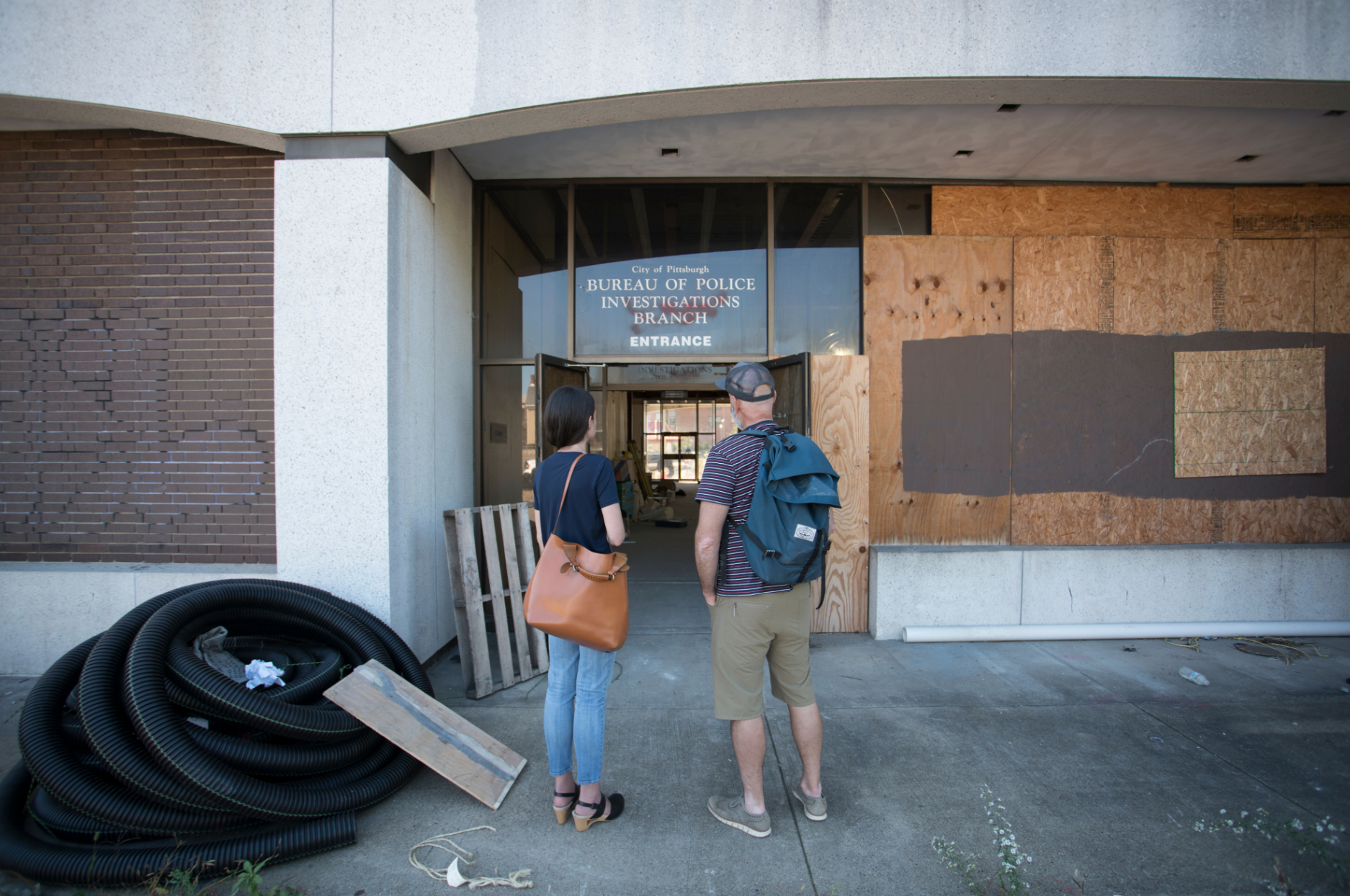
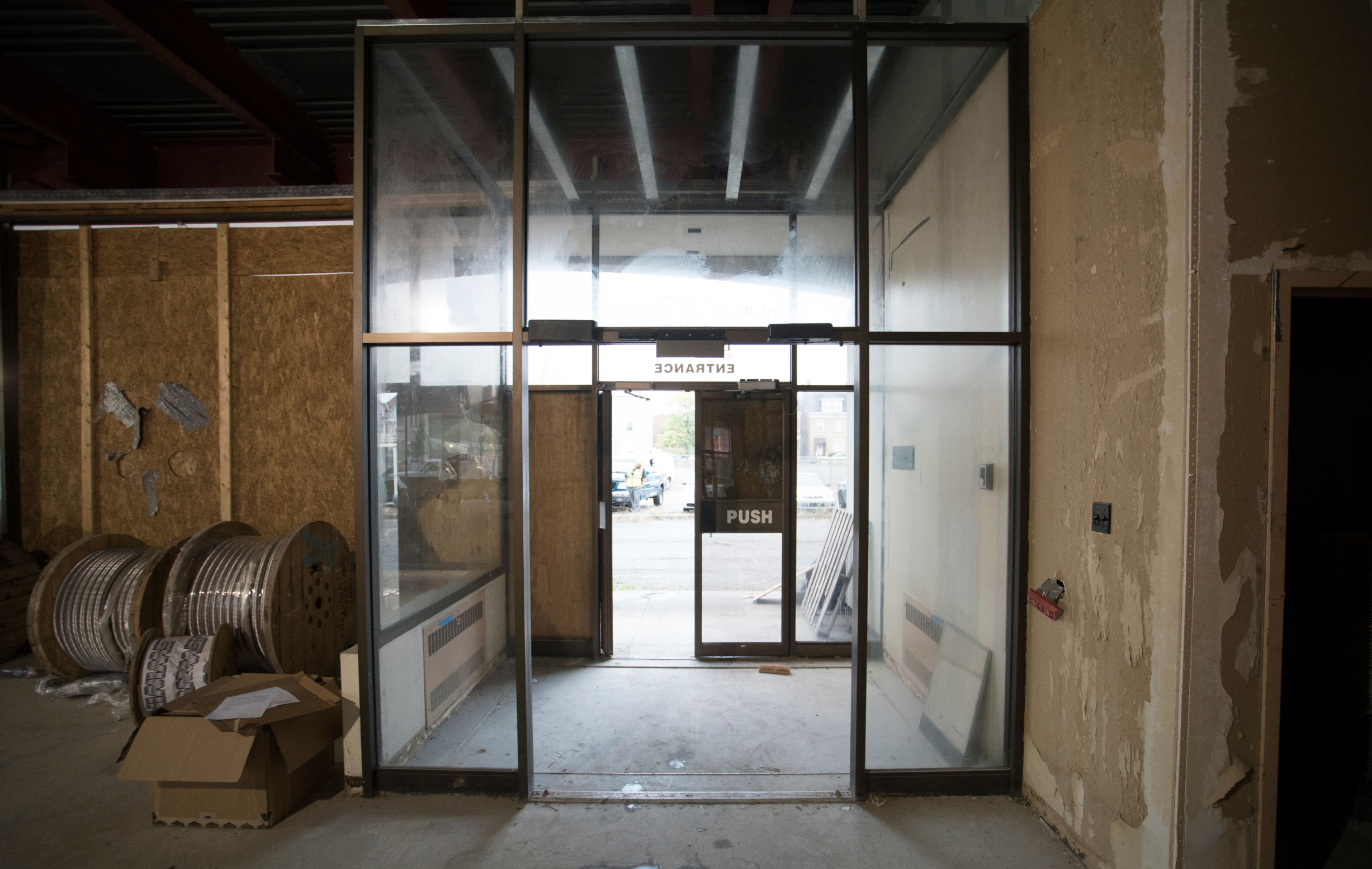
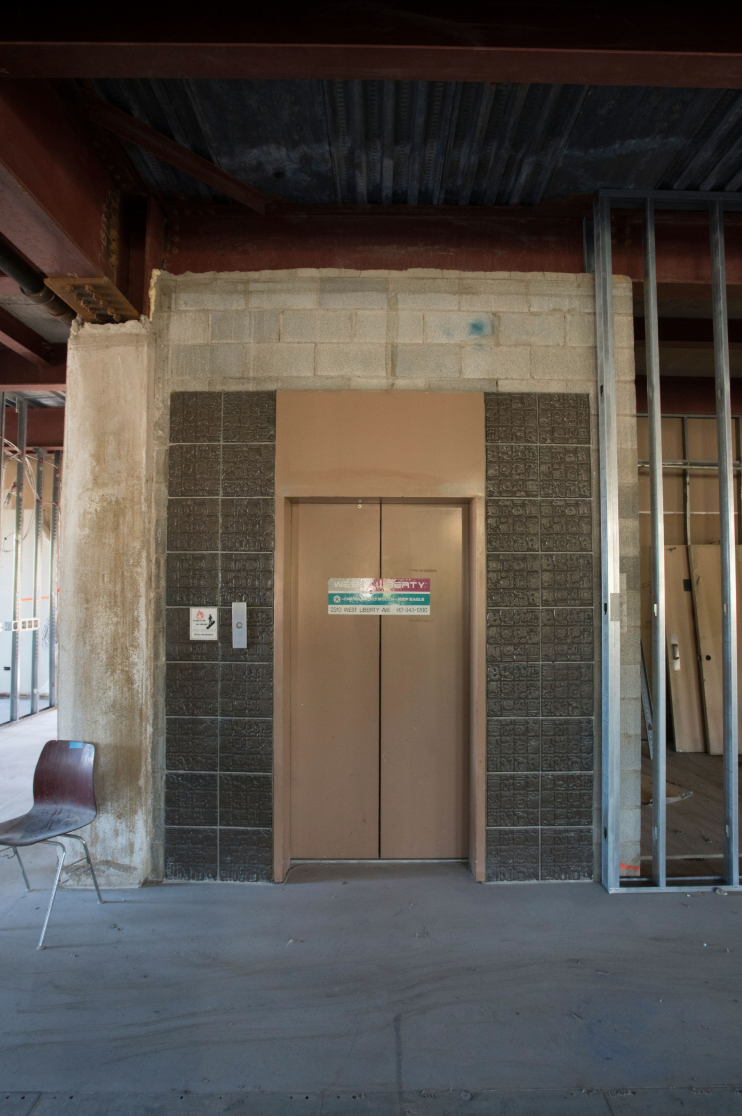
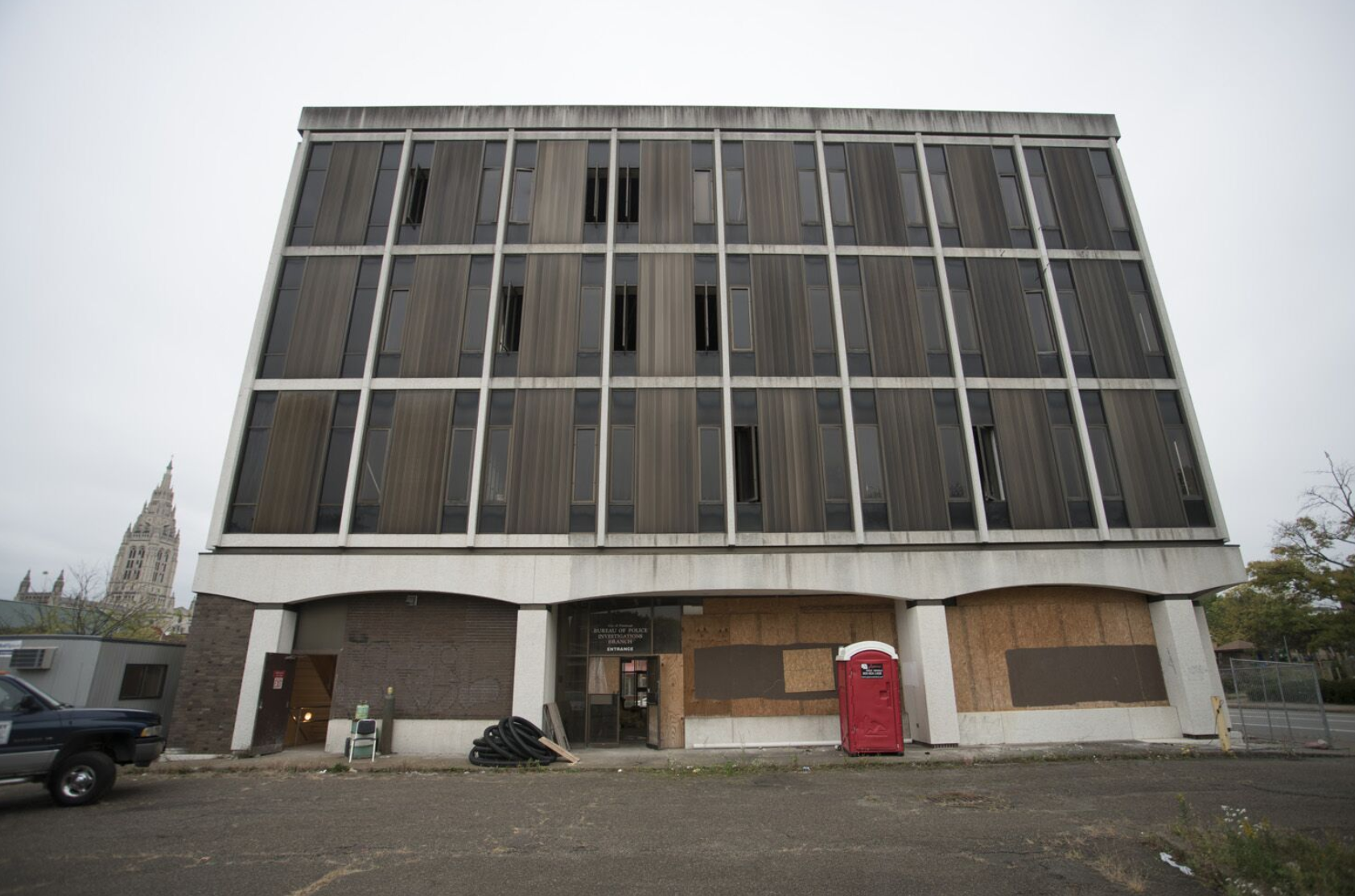
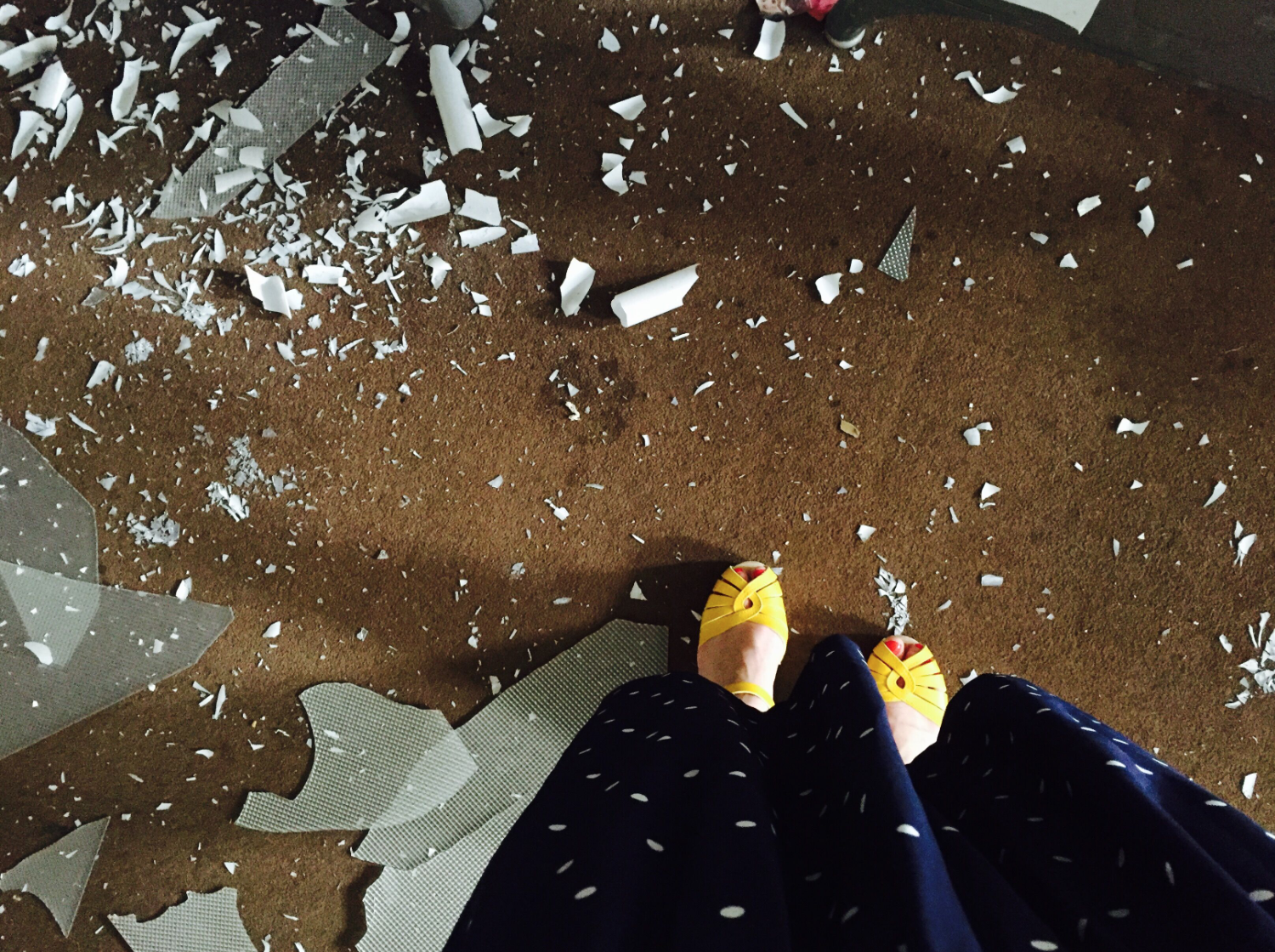
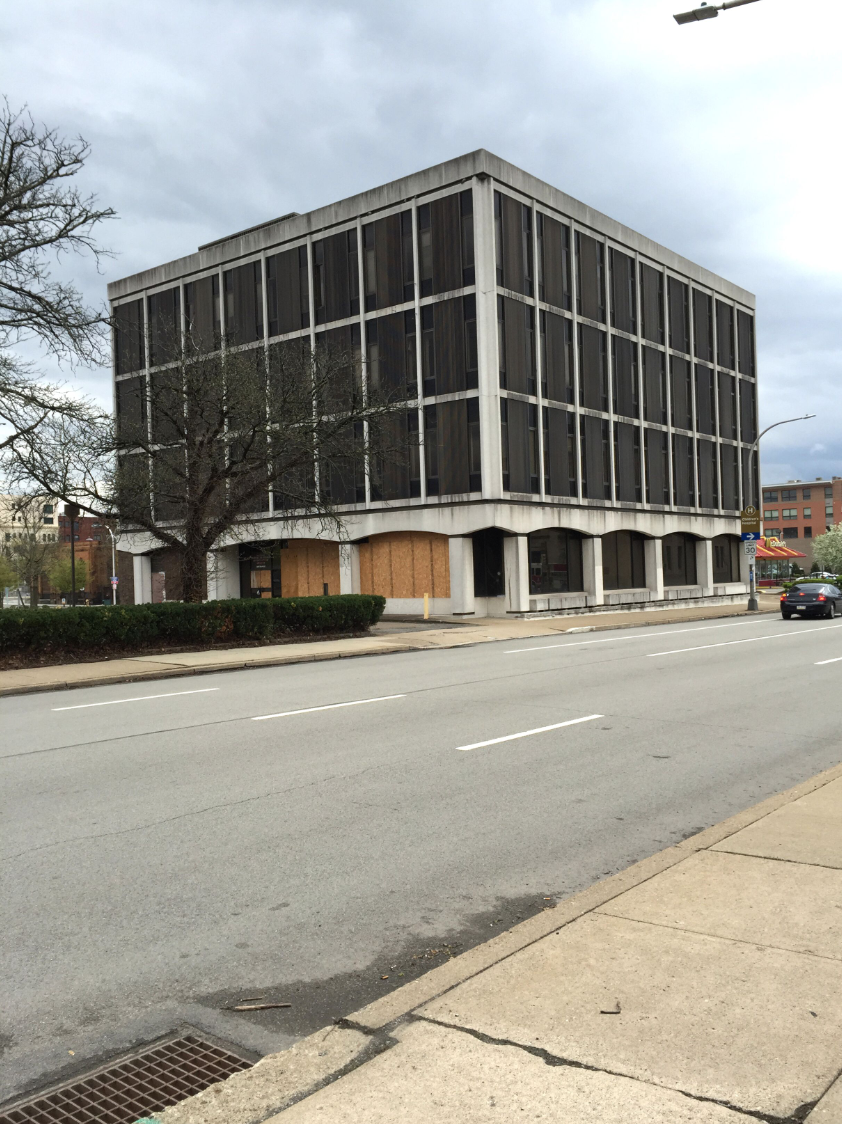
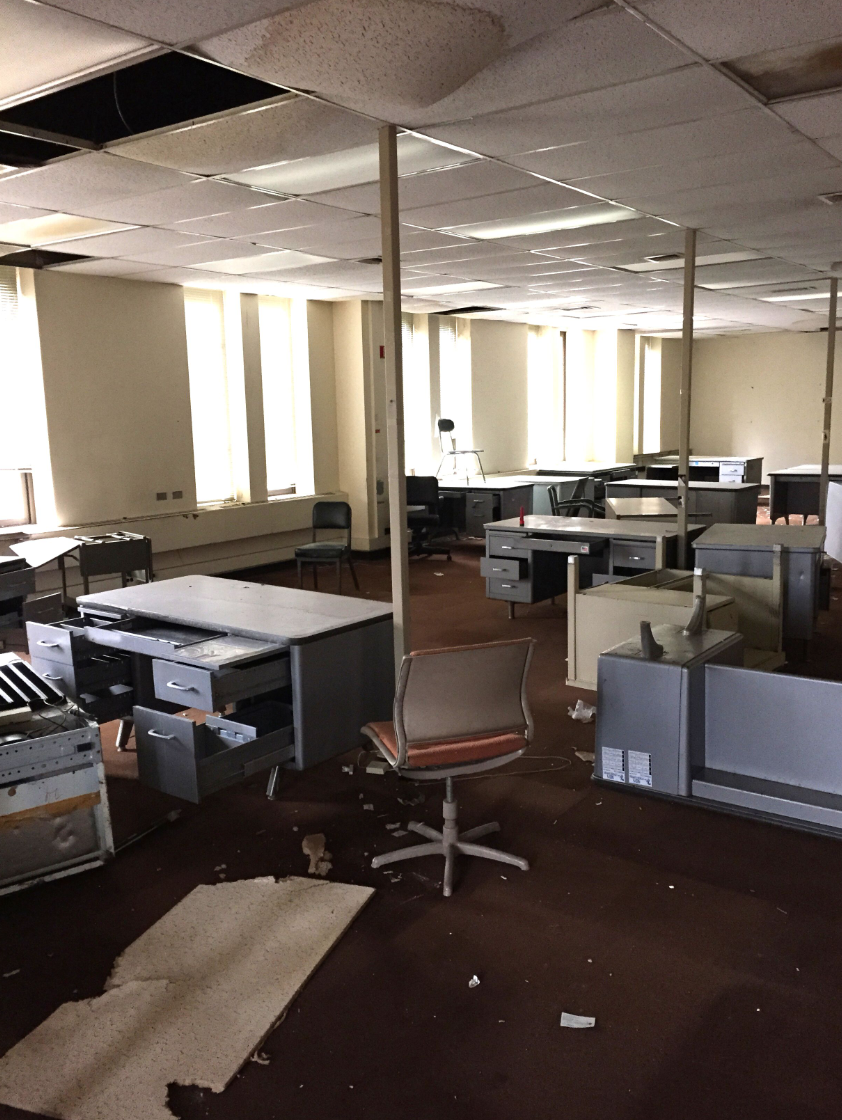
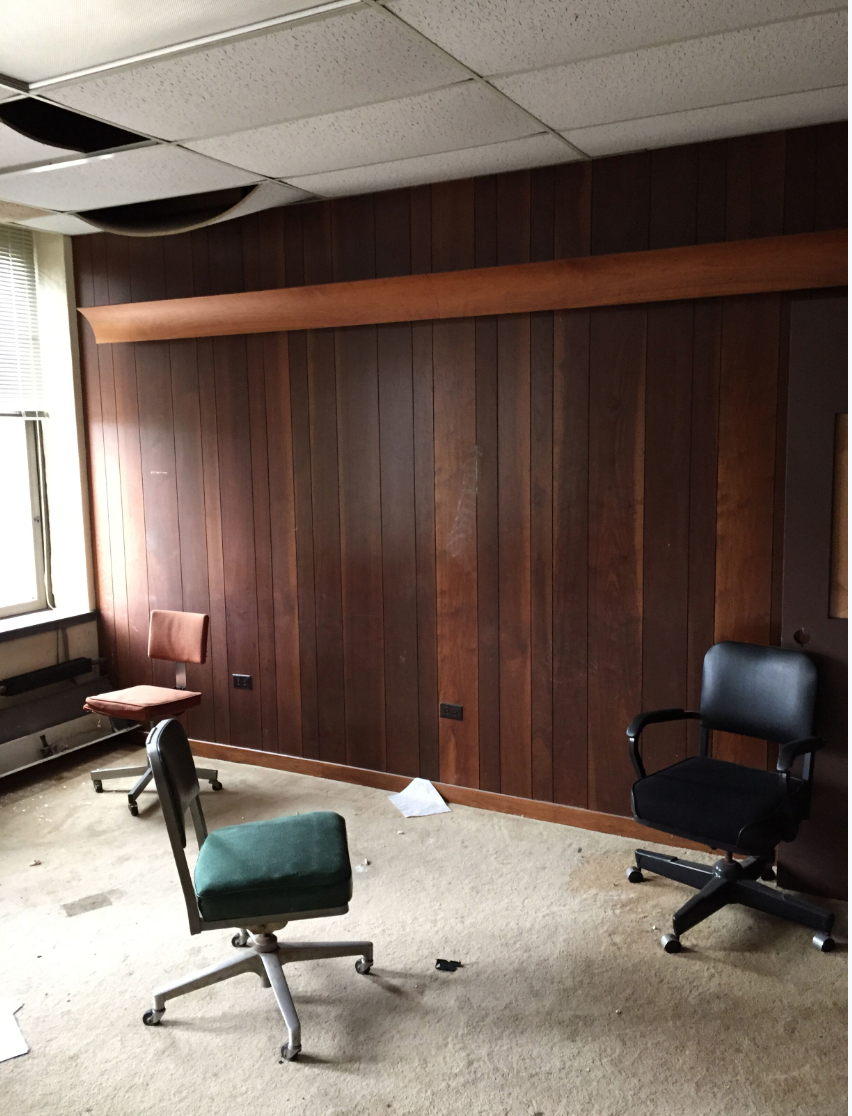
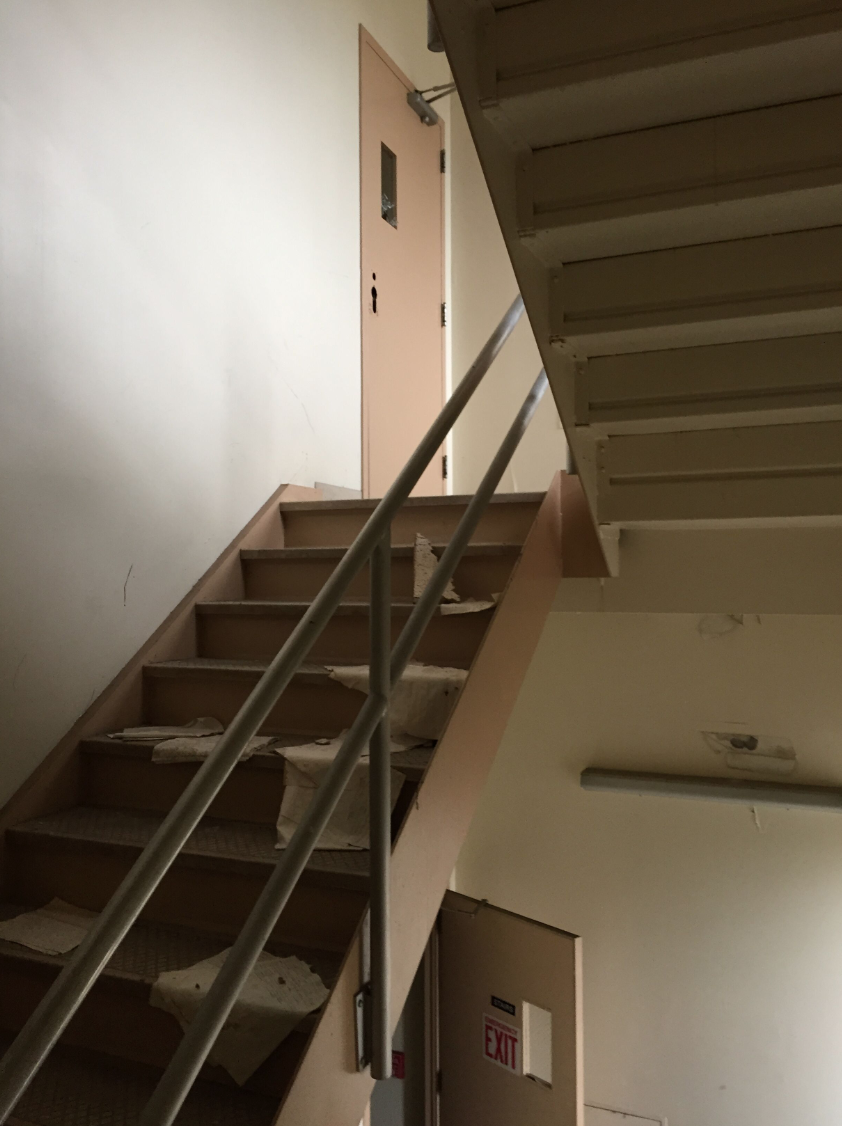
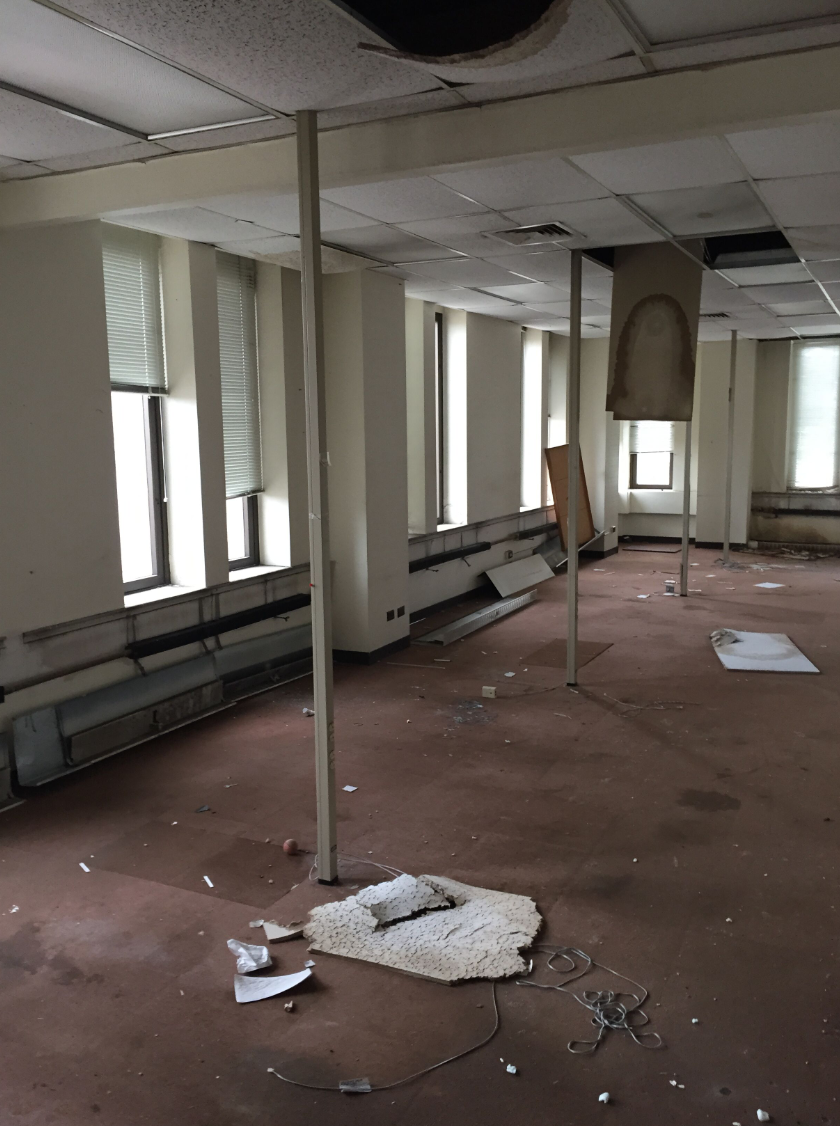
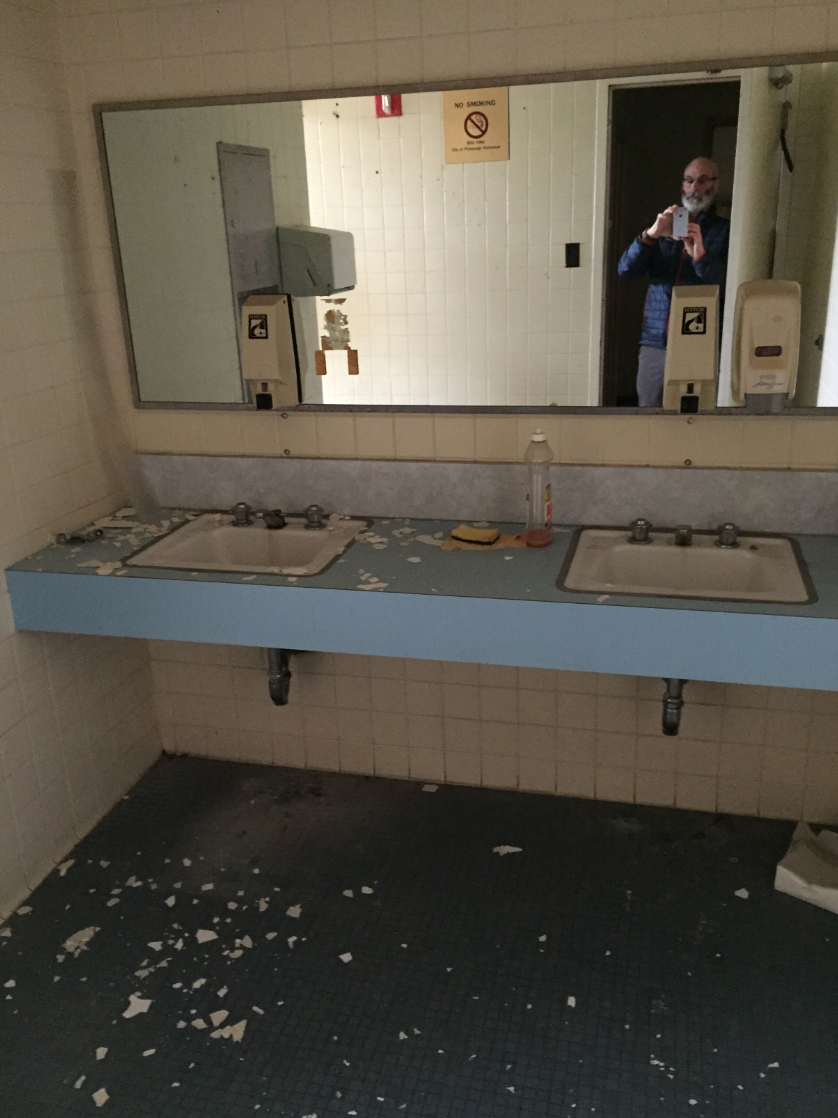
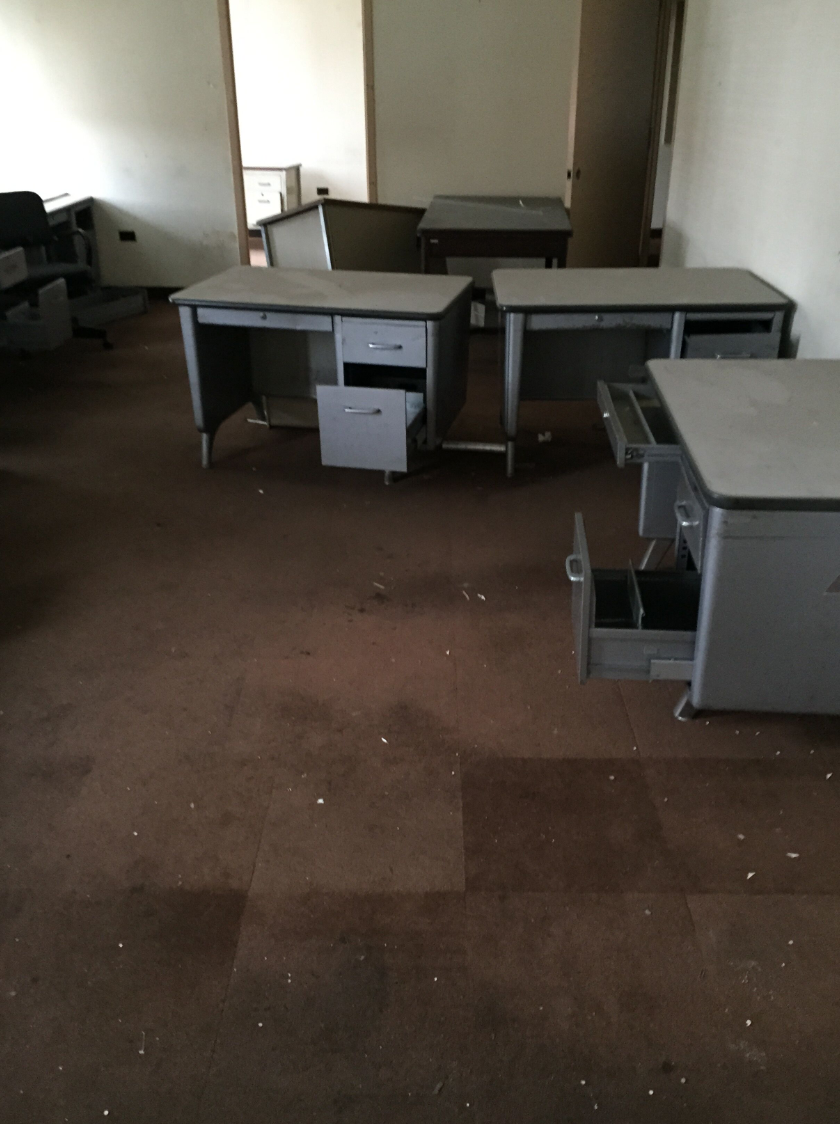
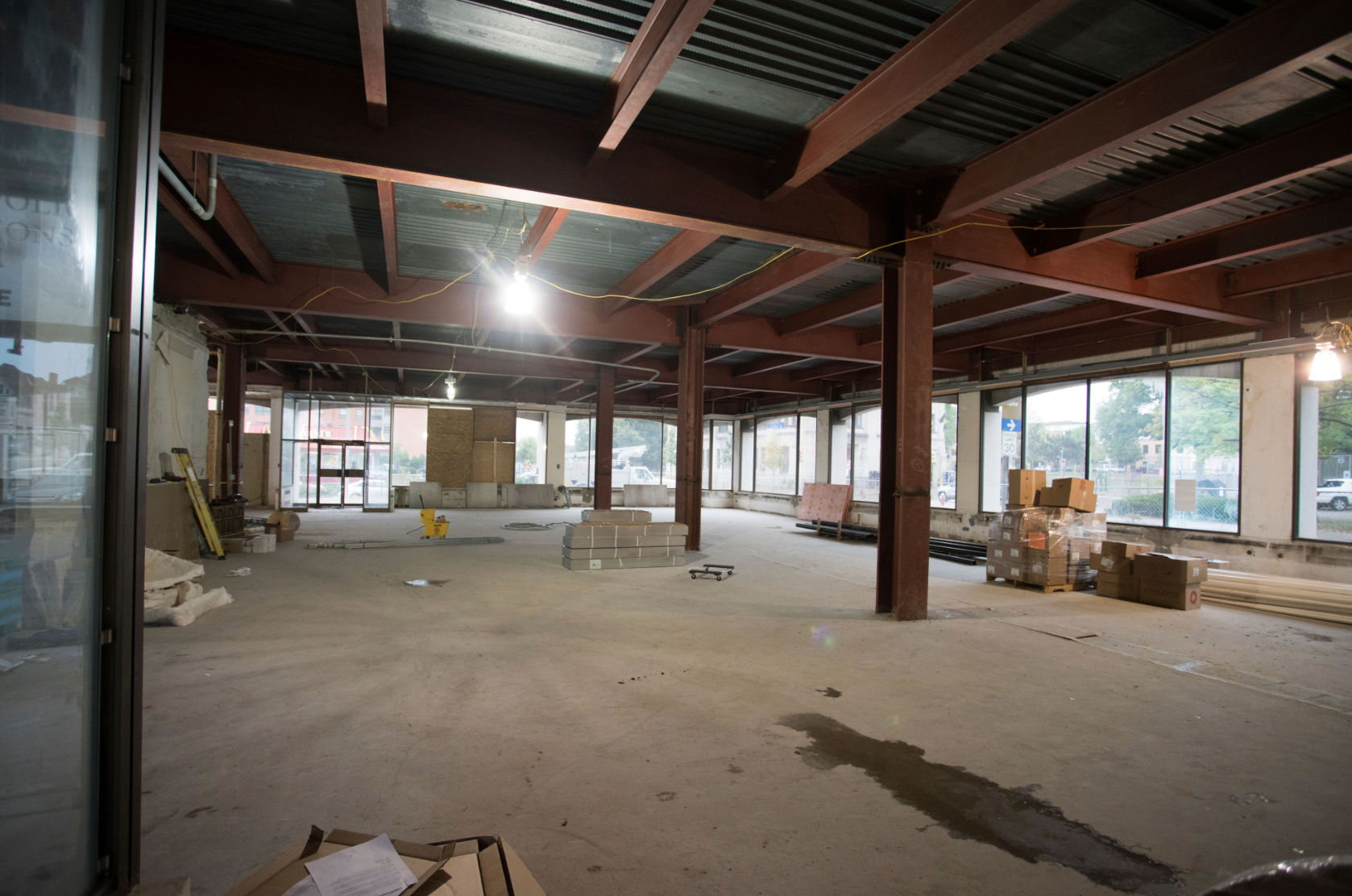
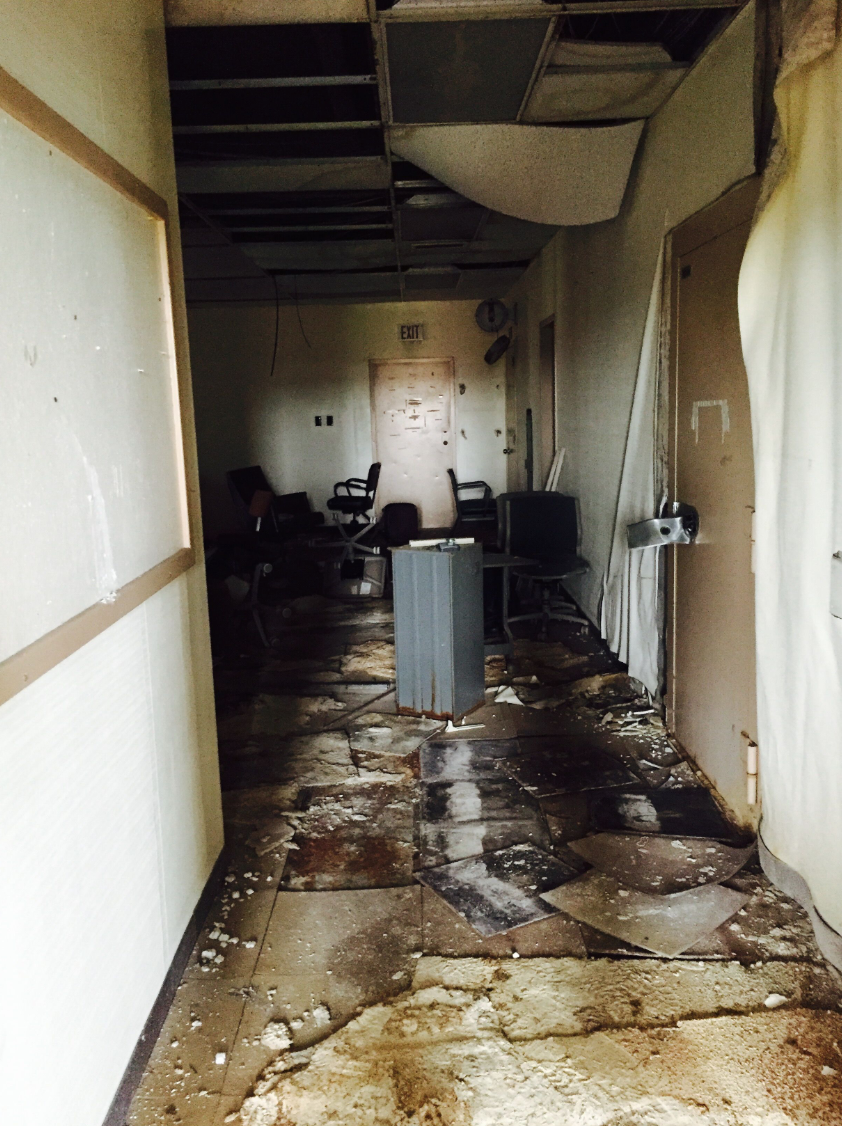
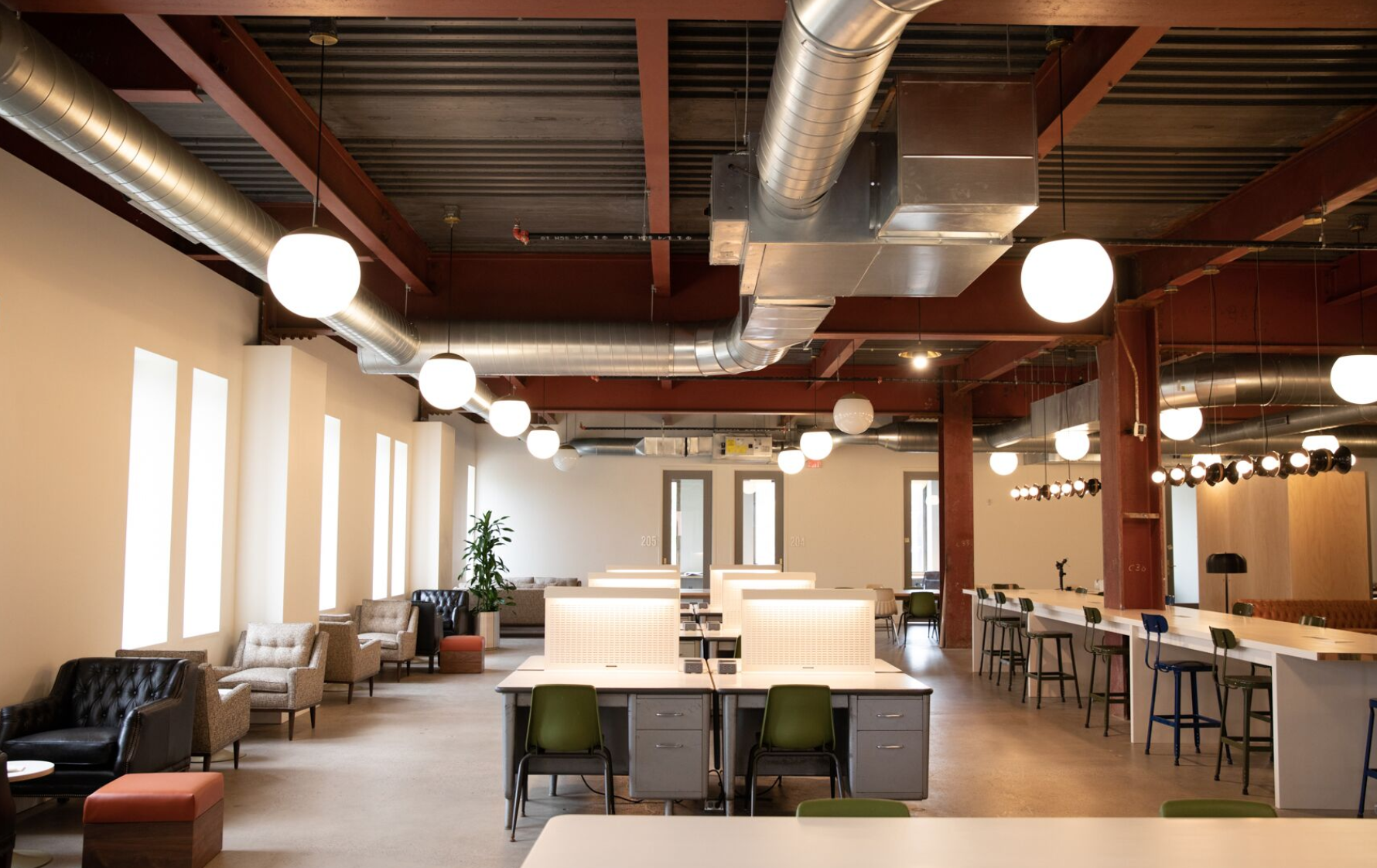
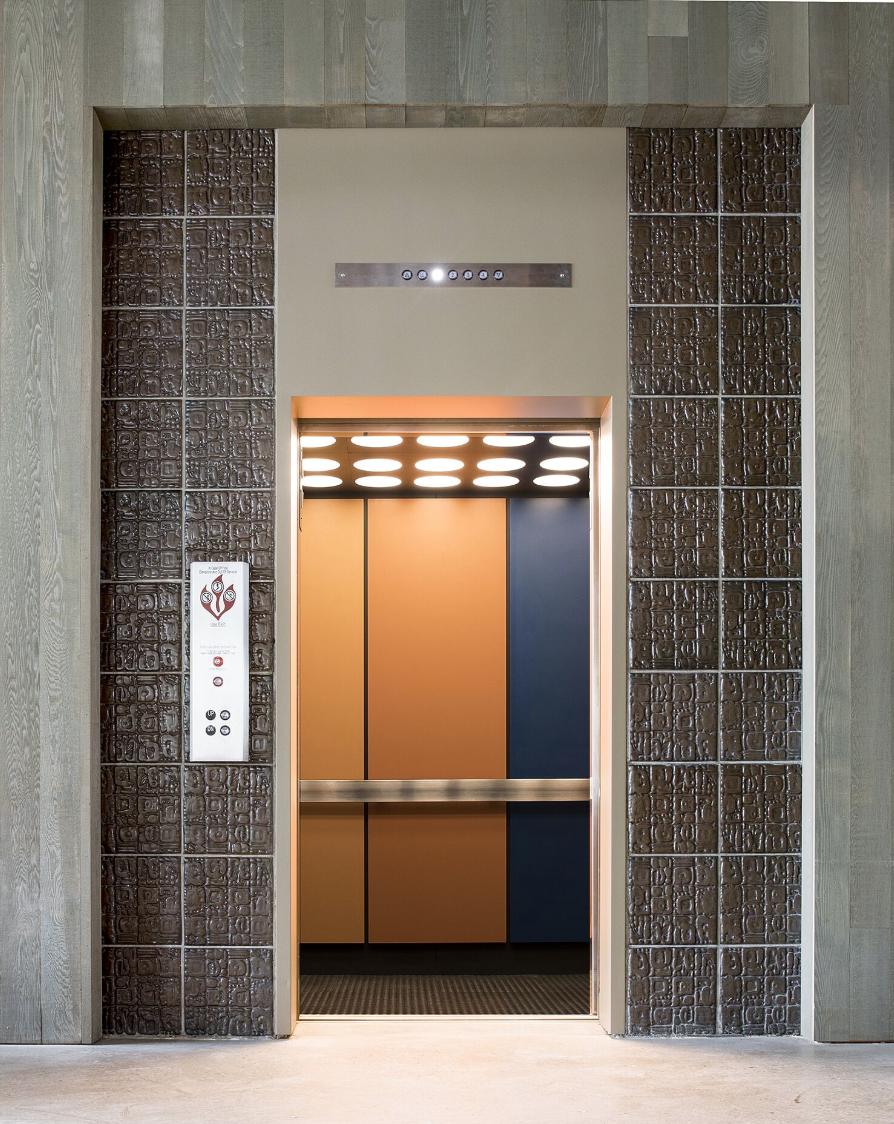
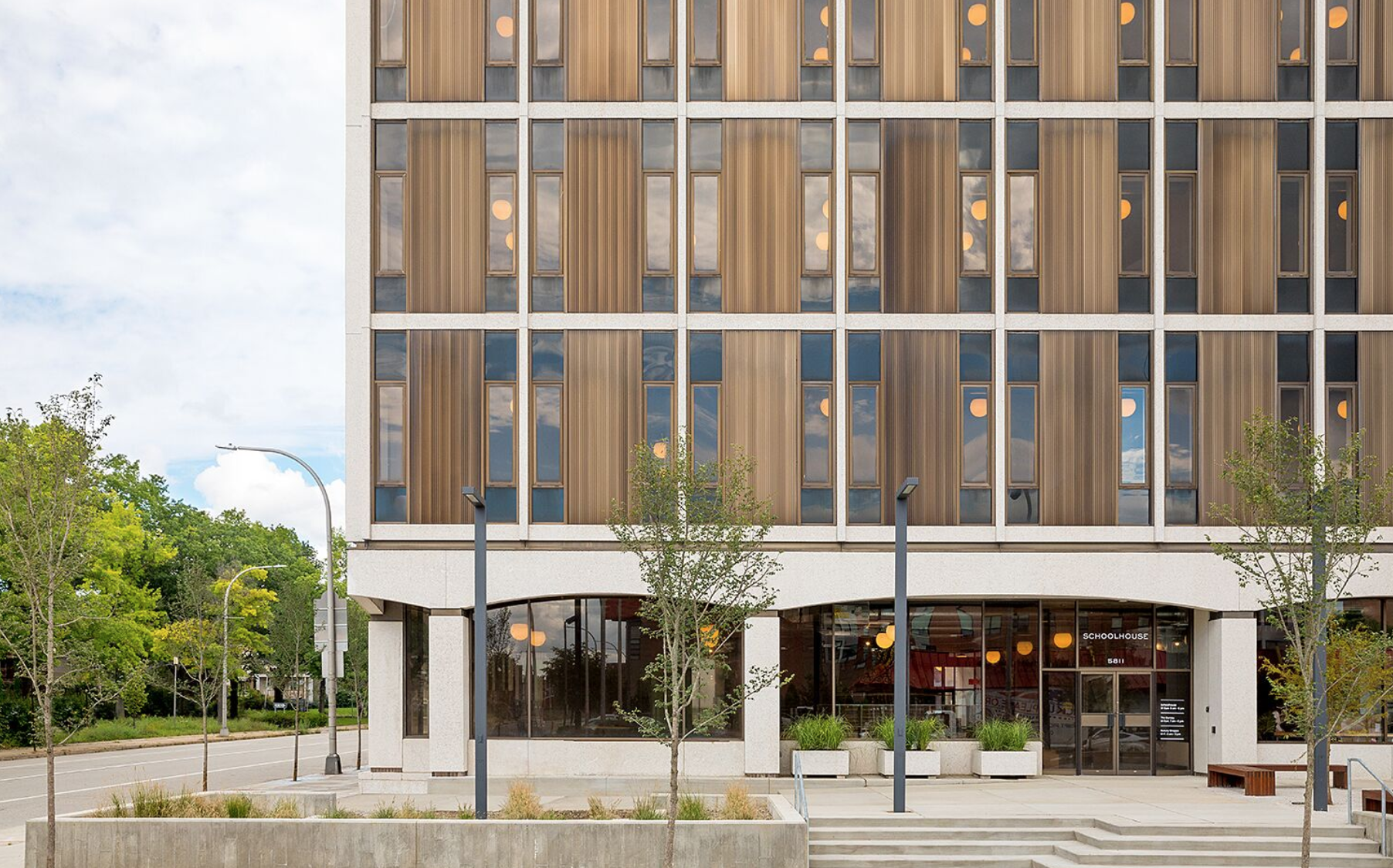
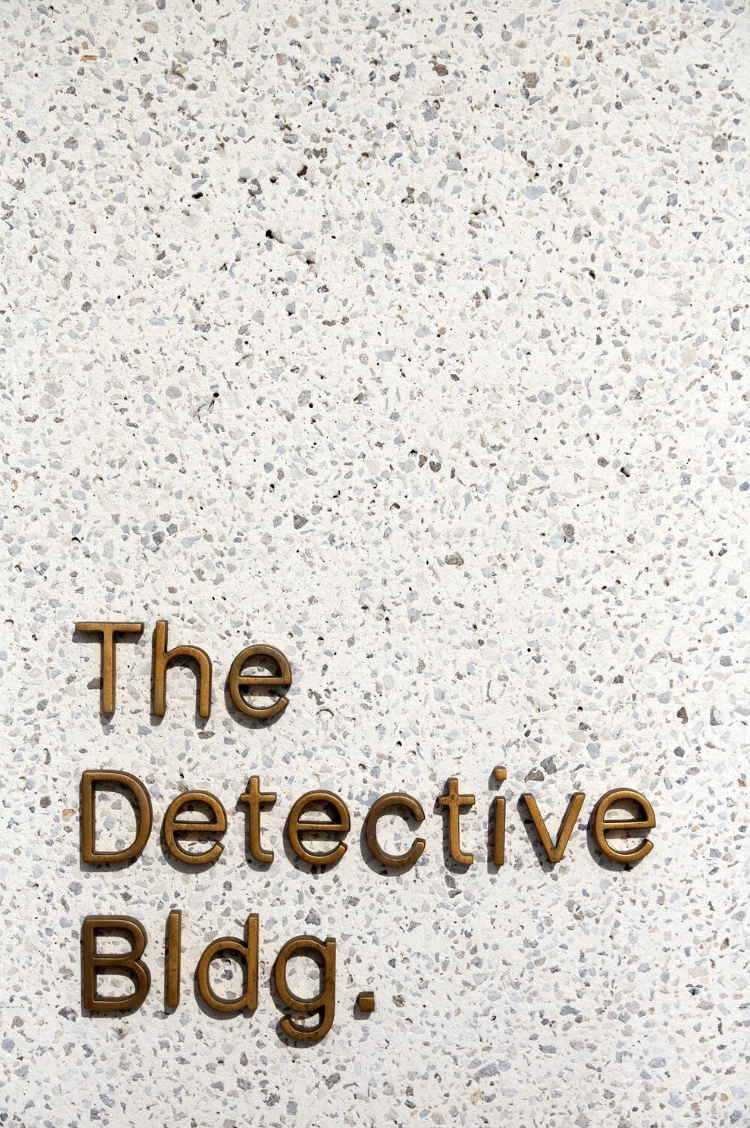


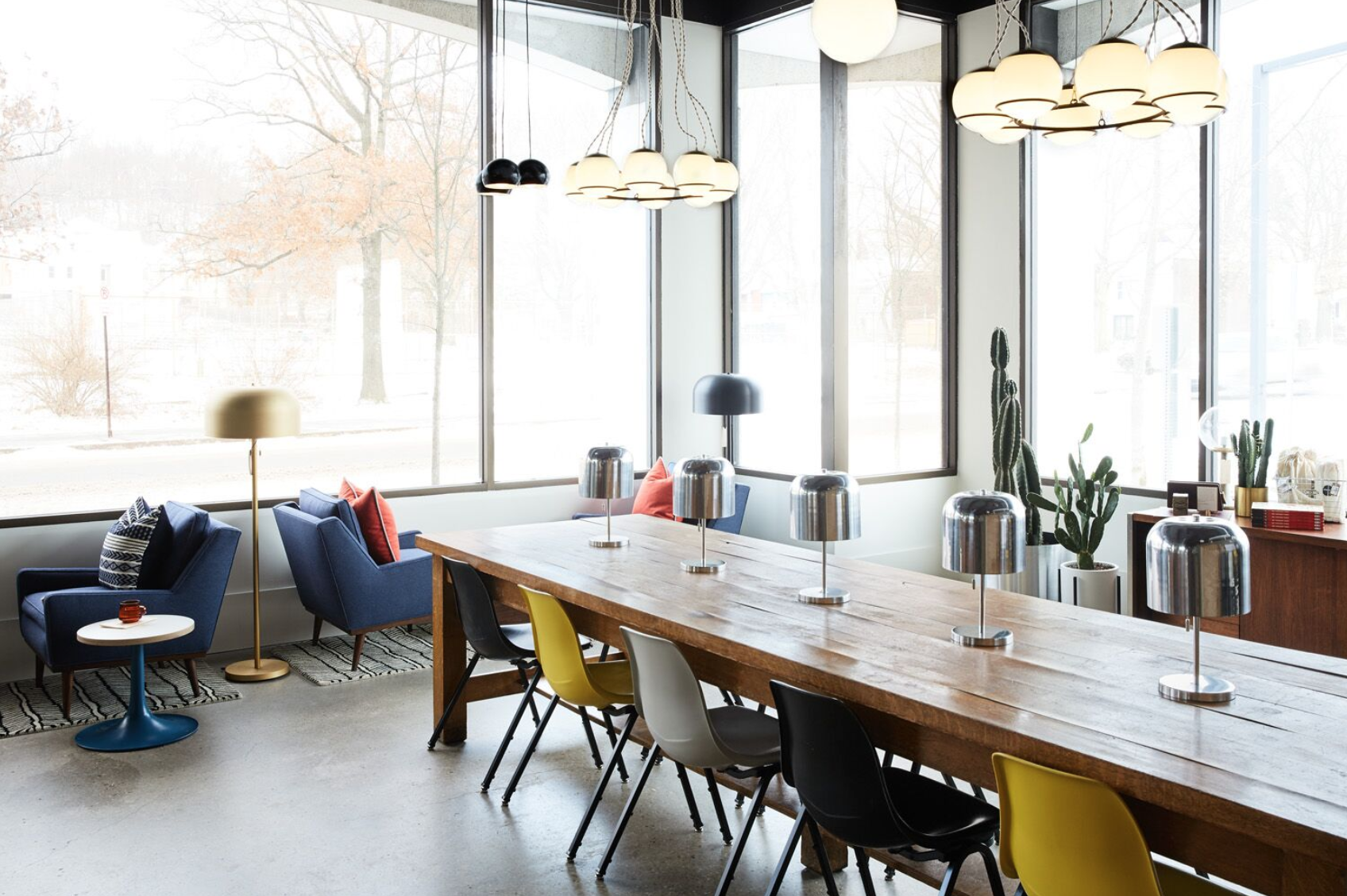
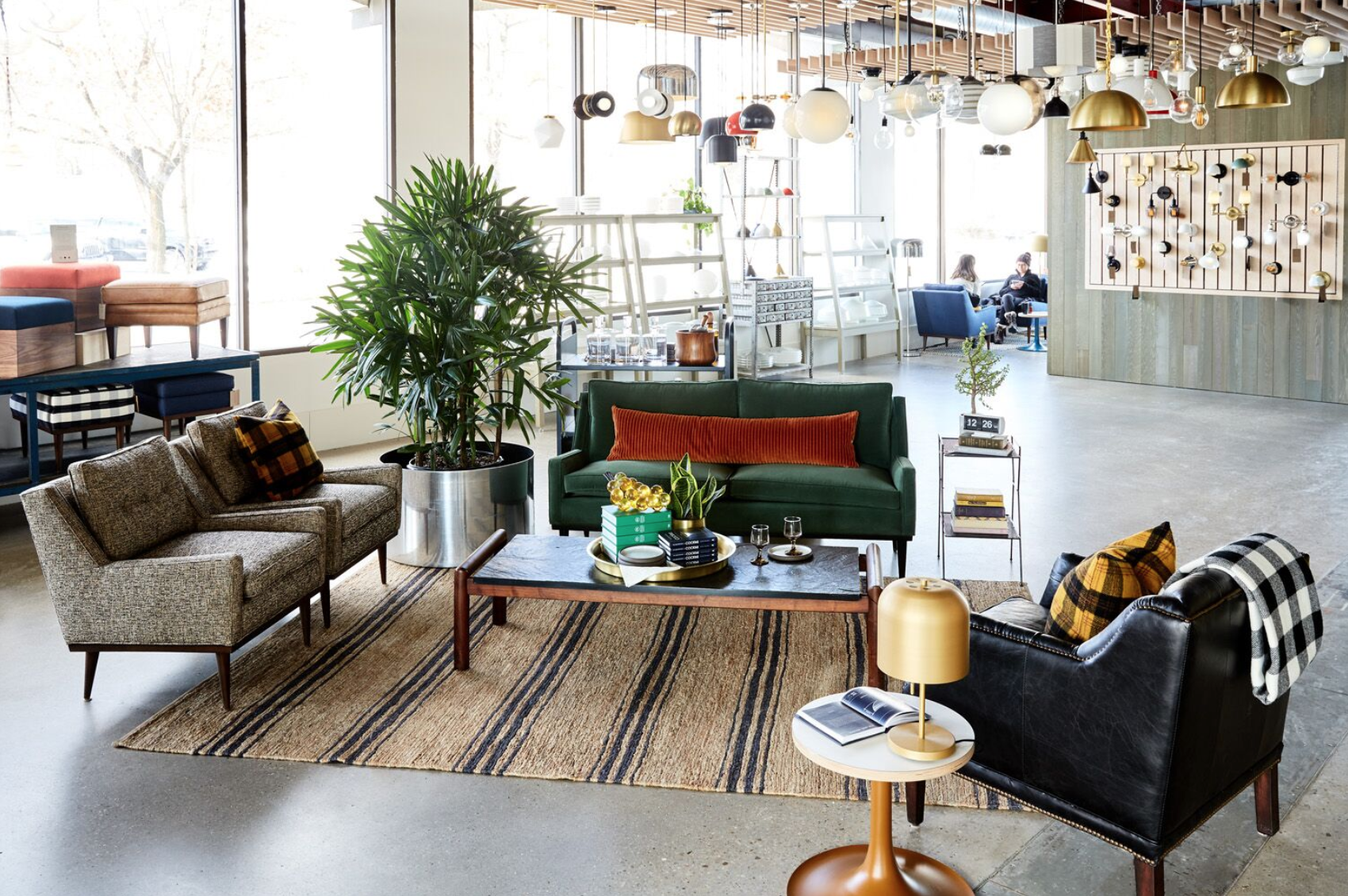
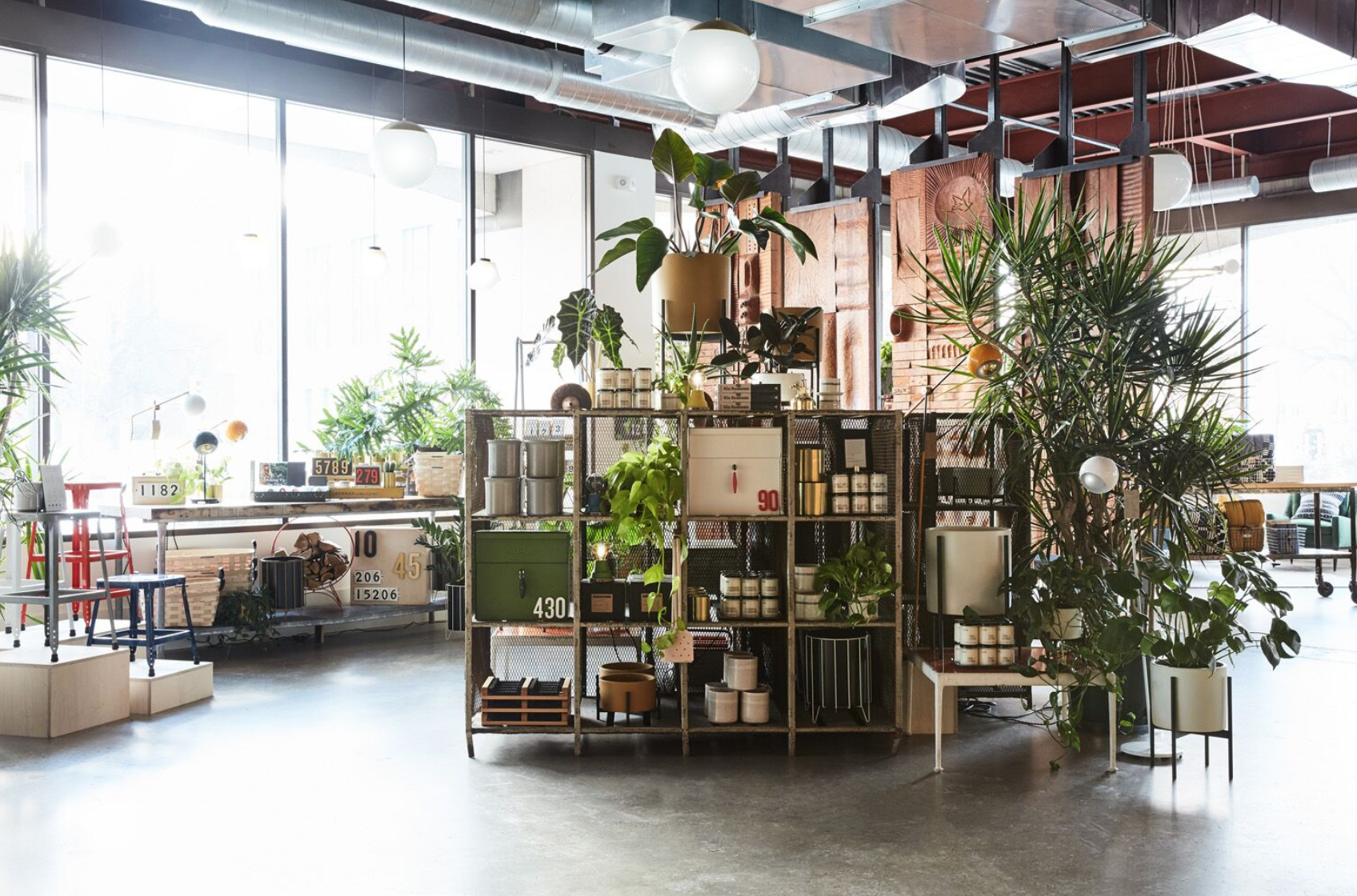

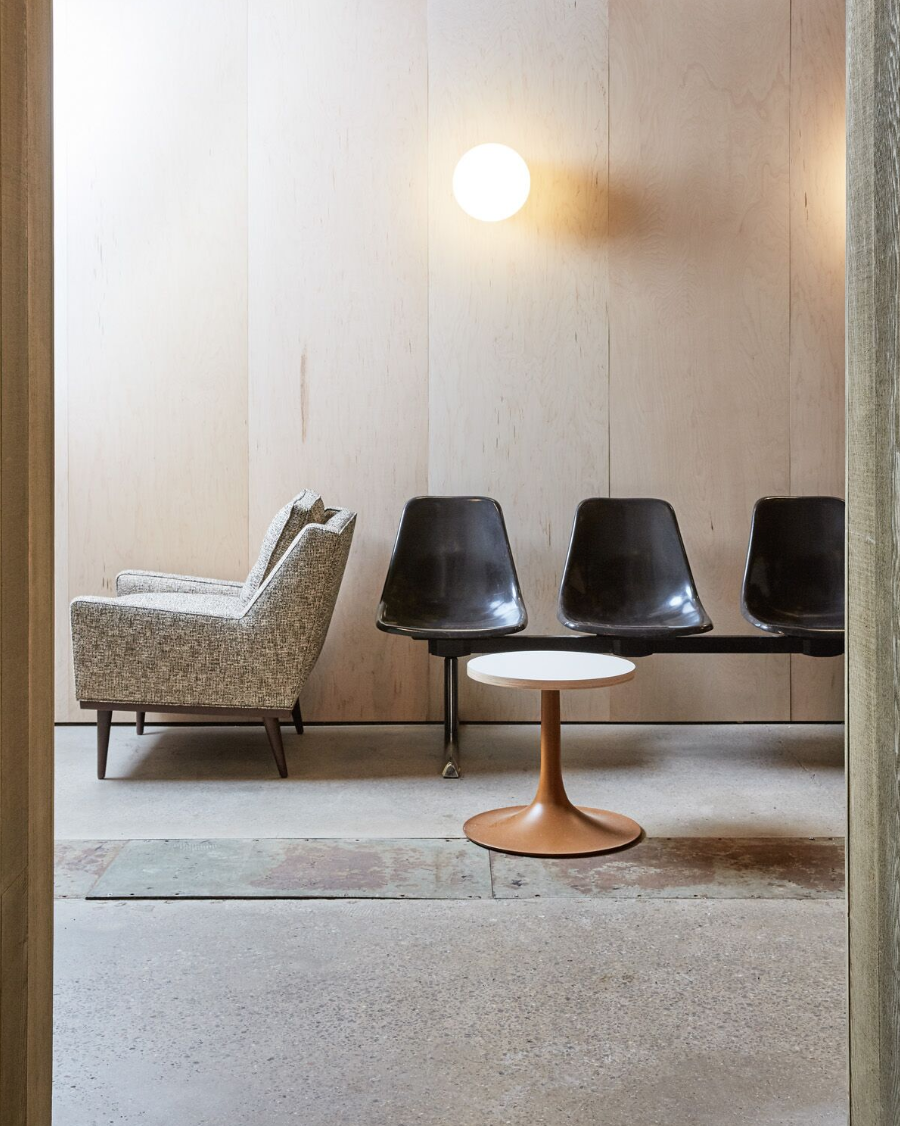
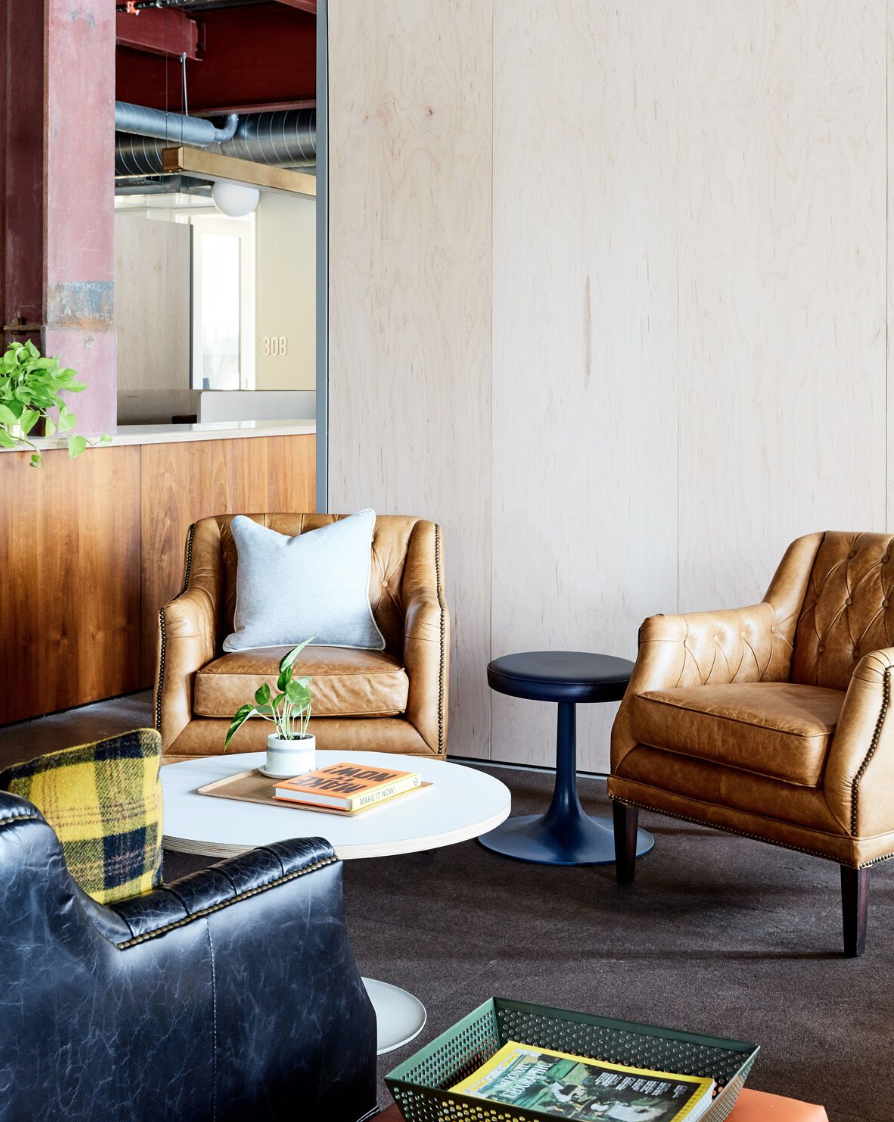

When Brian Faherty of Schoolhouse Electric discovered the dilapidated police bureau building in a transitional neighborhood of Pittsburgh, he had a vision. That vision is now alive and thriving in the Pittsburgh outpost of Schoolhouse.
Faherty has a reputation and a knack for adaptive reuse, in particular for having relocated the Schoolhouse business into an old industrial building in Northwest Portland that he rehabbed with the assistance of OGLLC. As frequent collaborators with Faherty, and having a passion for adaptive reuse ourselves, OGLLC felt confident developing the Pittsburgh project on Faherty’s behalf. The goal was to transform an abandoned building that was originally the home of the Pittsburgh AAA into a Schoolhouse retail location, a coffee shop, and a co-working space. It required the management of multiple funding sources, city agencies, and a talented team of local contractor and architect. It sounds daunting, and it was! But the end result is a space that’s as stunning as it is unique.
In these before and after shots, what you’ll notice in particular is how the original architecture – in this case, 1970s new formalist – was revamped and incorporated into the design of the building. A simple example is the exterior, which was refreshed, but minimally changed, so that it shines with its original luster while offering a new courtyard for use by occupants and neighbors. The interior design was an effort in stripping back layers, all the way to the now-exposed steel and concrete structure that provides the backdrop for custom and new Schoolhouse brand lighting and furniture. What’s more, this project showcases how found objects, such as the old bomber desks that had been abandoned in the building, can be refreshed and given a second life. Take a look through all of these before and after shots to see the transformation that the Detective Building underwent.
Detective Building - Design Milk spotlight →
Schoolhouse’s Detective Building gets a spotlight on Design Milk.
Detective Building - Dwell.com before and after feature →
Dwell.com features before and after photos of the Detective Building renovation.
Detective Building - Architectural Digest feature →
One North - Architect Magazine feature →
Architecture Magazine features the One North Development highlighting the relative affordability and sustainability of timber-framing.
Psychic Bar - Portland Mercury feature →
Portland Mercury waxes poetic on this OGLLC-built bar’s food, drink and darkly inviting ambiance.
Michigan Project: Coliving in Portland
We’re making progress on the Michigan Coliving project, which brings to life a concept that’s been near and dear to us since we first met the team from OpenDoor several years ago: creating communal spaces and shared resources in order to lower the per-unit cost and create a better living experience for everyone involved.
The Michigan project incorporates an existing home into a brand-new coliving development in the Boise neighborhood of Portland. Overall, we believe this kind of offering is a great alternative to traditional studios and one-bedroom apartments for the neighborhood and the city as a whole, as it will offer attractive units at below-market rent rates while providing those who live there with a community space that is utilized and activated to the fullest degree possible.
We’ll be showing the progress we’re making on the Michigan project – from laying the groundwork to the finished project – on Instagram, so take a look there to see how it’s coming along.
Interested in co-living in the Michigan property? Learn more here.
Psychic Bar - Willamette Week feature →
Willamette Week highlights the Psychic bar’s witchy and welcoming vibe.
Lincoln Remodel - New York Times →
NYT takes a look at the “unconventional addition” that transformed this SE Portland Home.
Dame Restaurant - Dwell.com "10 Best-Designed Places to Eat and Drink in Portland, Oregon" →
The OGLLC-built restaurant Dame gets a shout out by Dwell for it’s lush sophistication.
Ranch Pizza - Oregon Live "Portland's 10 best new restaurants of 2018" →
Oregon Live recognizes OGLLC-built Ranch Pizza as one of the 10 best new Portland restaurants of 2018. Ranch Pizza began serving their signature square slices at another OGLLC-built bar, Poison’s Rainbow, before establishing their successful Dekum brick and mortar.
"Iconoclastic Ranch Pizza Now Has Its Own Restaurant" →
We collaborated again with the folks who opened Portland bar Poison’s Rainbow (including Modest Mouse frontman Isaac Brock) on this local pizza joint.
Collaboration with Jones Architecture on Old Germantown Remodel
One of our most recently completed projects is the Old Germantown remodel, which consisted primarily of finish work and modernizing this 1980s-era home. We collaborated with Jones Architecture to complete the project quickly; as Jones Architecture put it, “… there’s nothing like the arrival of a new child to create a real deadline.” Jones began design work in September, and Owen Gabbert LLC completed construction by the end of February – right before baby was born. Here’s some more from the Jones Architecture e-newsletter about the remodel:
RareBird Investor Network Meeting: Developing Communal Spaces
When RareBird invited us to talk at their monthly Investor Network Meeting about community-focused development, we jumped at the opportunity. At Owen Gabbert LLC, we work carefully to consider the impact that every one of our projects will have on the people and spaces nearby; being conscious of community is a part of how we develop, no matter the size of the project.
We started off our discussion by introducing a concept that is integral to how we work: community-conscious infill. What exactly is it?
Community-conscious infill is composed of four elements:
It is…
- Intentional: we set the goal – of incorporating the existing or desired community – from the outset.
- Innovative: we must be able to visualize and handle the project constraints from new angles.
- Collaborative: we know partnerships make quality projects work, so we need to work together.
- Considerate: we have to consider our impact on the people and the space around us.
When we work in this manner, we’re able to add value to projects in unique and powerful ways. For example, we can increase density while maintaining neighborhood character like we did with the B3 project. Here, we added a third unit in the backyard of a Mississippi Duplex without demolishing an existing home and maximized underutilized space by reclaiming an overgrown backyard and engaging the alley.
On a much larger scale, we incorporated this way of thinking into One North, which was a collaboration between two development teams across three buildings. What’s more, this unique urban infill office and retail development space incorporates a large communal area (14,000-square-foot public courtyard) that creates a shared amenity for those who work, live, and play both in the building and in the nearby neighborhoods.
Moving forward, we’re excited to leverage communal spaces and shared resources on an even bigger scale in order to lower the per-unit cost and create a better living experience for everyone involved. This concept will come to life in the Michigan Coliving project, which incorporates an existing home into a brand-new coliving development. Overall, we believe this kind of offering is a great alternative to traditional studios and one-bedroom apartments for the neighborhood and the city as a whole, as it will offer attractive units at below-market rent rates while providing those who live there with a community space that is utilized to the fullest degree possible. Stay tuned on the OGLLC blog for more information about this upcoming project as we break ground in the coming month.
